Speak to one of our experts now about this offer
Call our India experts on0800 294 9707
Available until 5pm
Exploring India’s Intriguing North
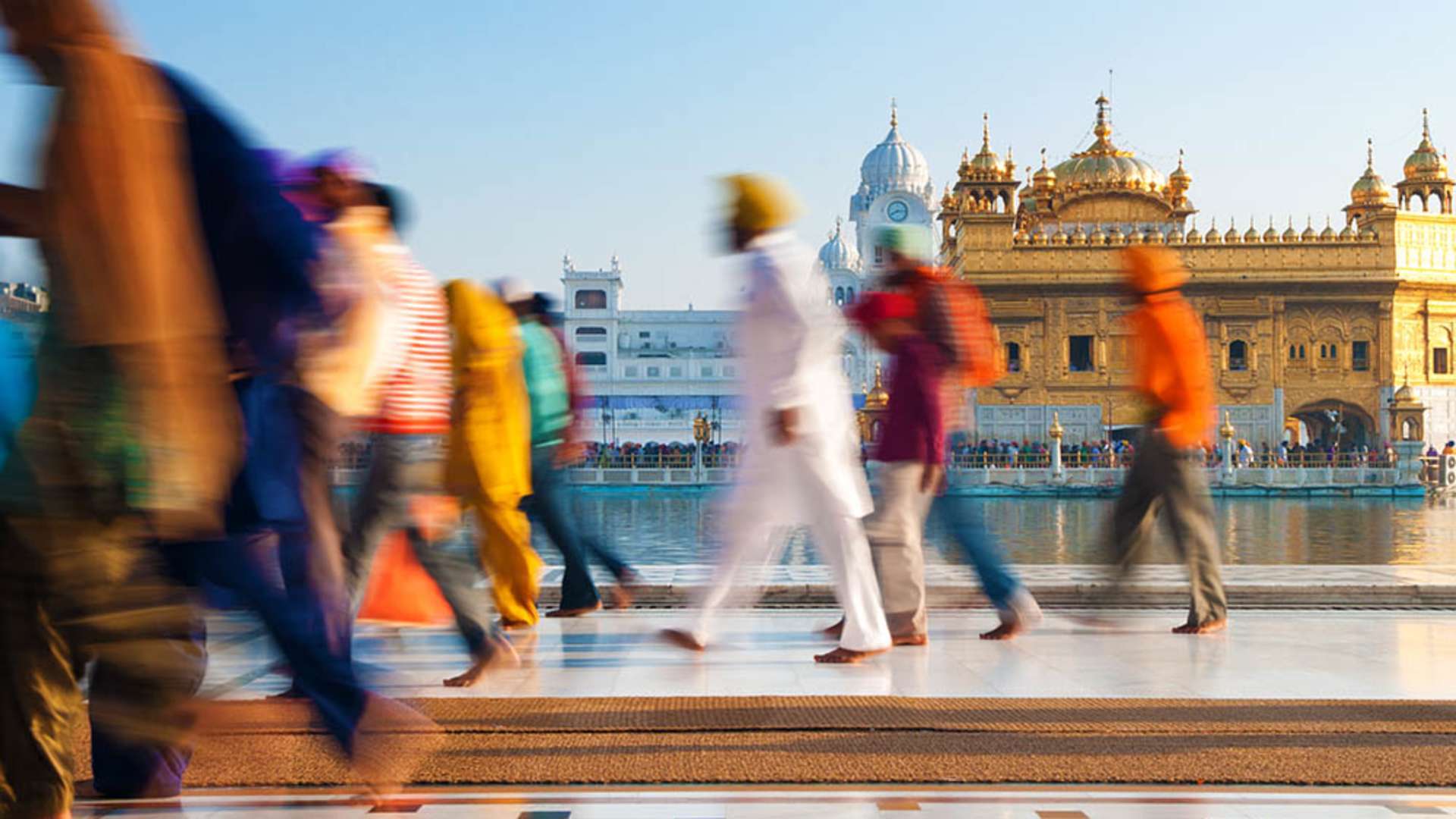
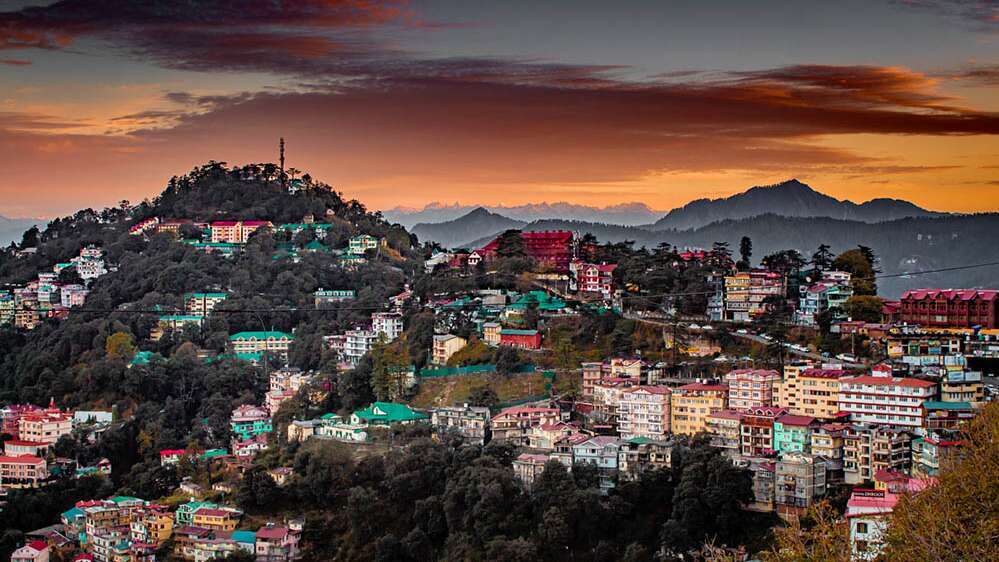
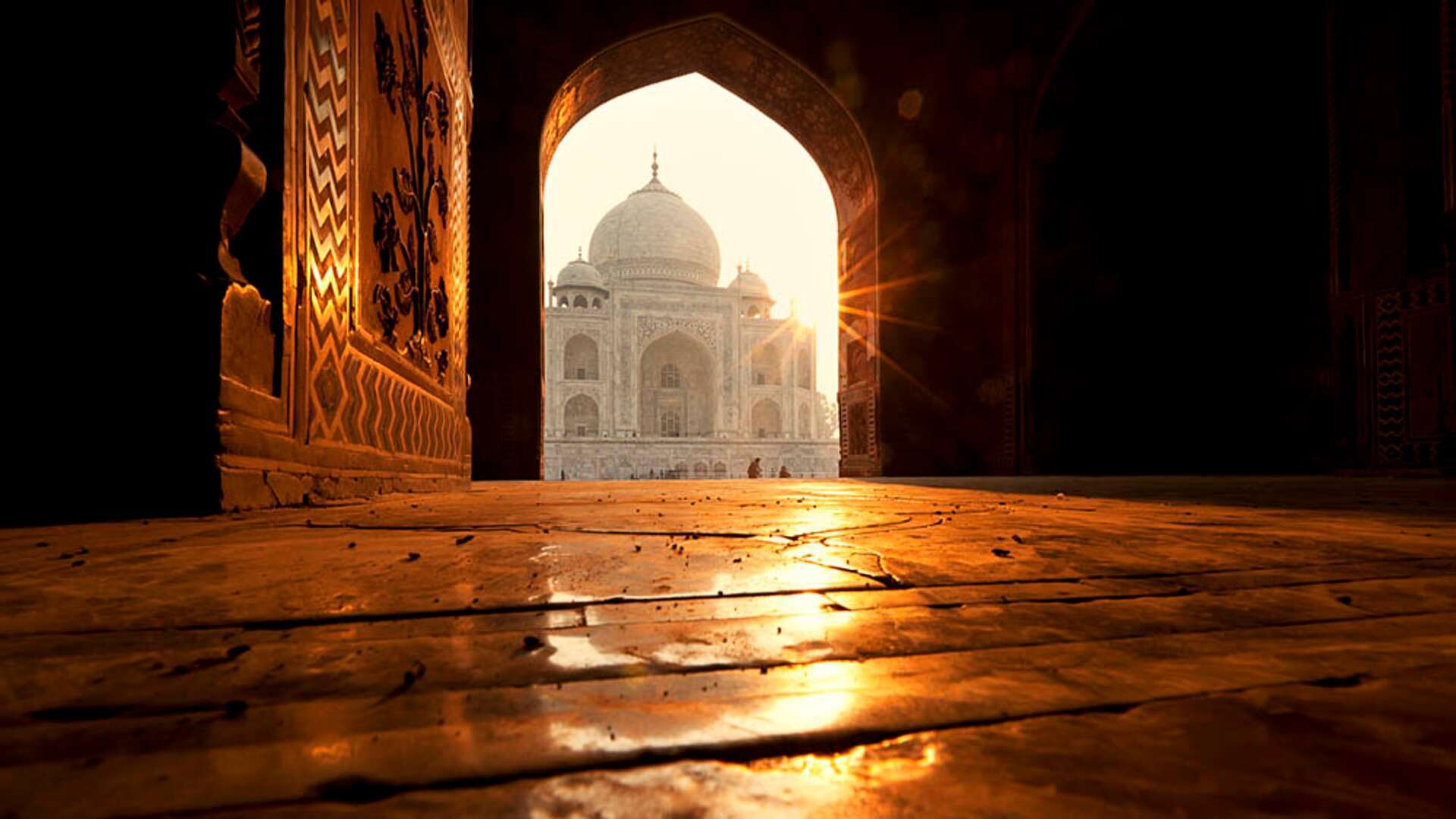
Visit the highlights of northern India taking a deep dive into some of the country’s most historic cities. Start in Amritsar where all roads lead to the spellbinding Golden Temple with a striking gold-leaf roof and a kitchen that feeds over 35,000 people a day. Head for the Himalayan foothills to Shimla, an old-world hill station where the British Raj holidayed among the pine. After a dose of invigorating mountain air, you’ll be ready to take on the Golden Triangle ticking off the iconic Taj Mahal, Jaipur’s surreal architecture and Delhi, India’s charismatic capital flooded by rickshaws, markets and monuments.
£2,850 - £3,075pp including international flights
Itinerary overview
Highlights of trip
Day 1
Arrival in Amritsar
On arrival in Amritsar, you’ll be met at the airport and transferred to your hotel. Regarded as the spiritual heart of Sikhism, the city exudes an air of generosity and faith. Relax in your hotel before you head out in the evening to witness a palki ceremony at the sacred Golden Temple, a religious procession with fanfare befitting of a maharaja. Not only will you be in prime position to witness this important ritual but it’s also the best time to see the temple’s breath-stealing gold structure glittering against an inky sky. Overnight at Hyatt Regency Amritsar.

Recommended Hotels
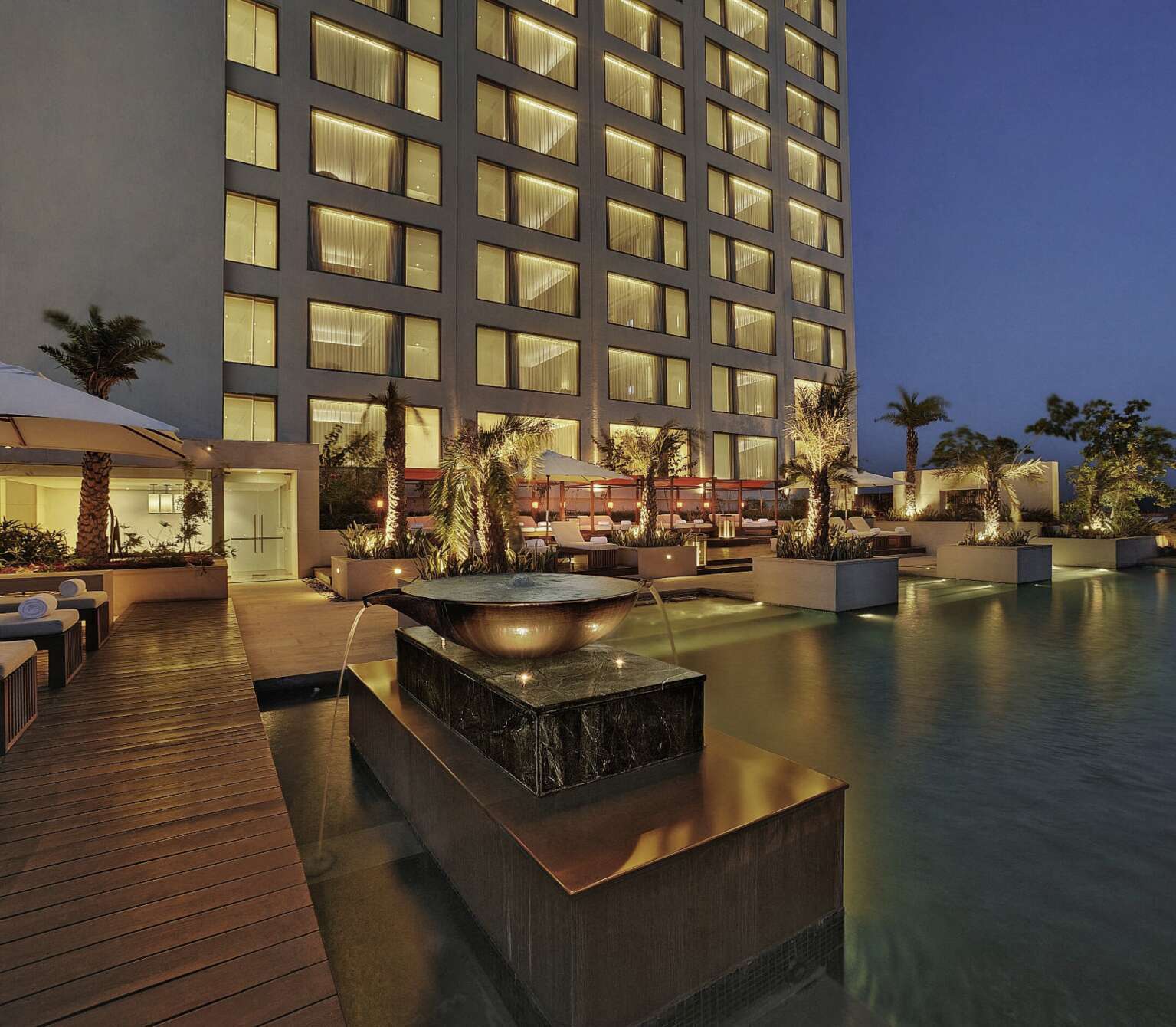
Hyatt Regency Amritsar
A chic and contemporary hotel nestled in the heart of spiritual city, Amritsar.
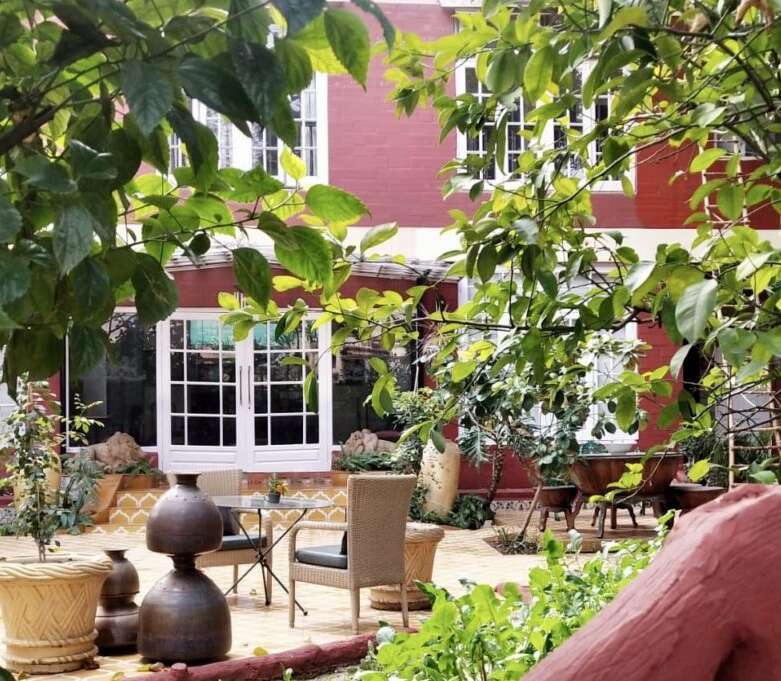
Ranjit's Svaasa
This heritage property in the heart of Amritsar dates back over 250 years to the British Raj era.
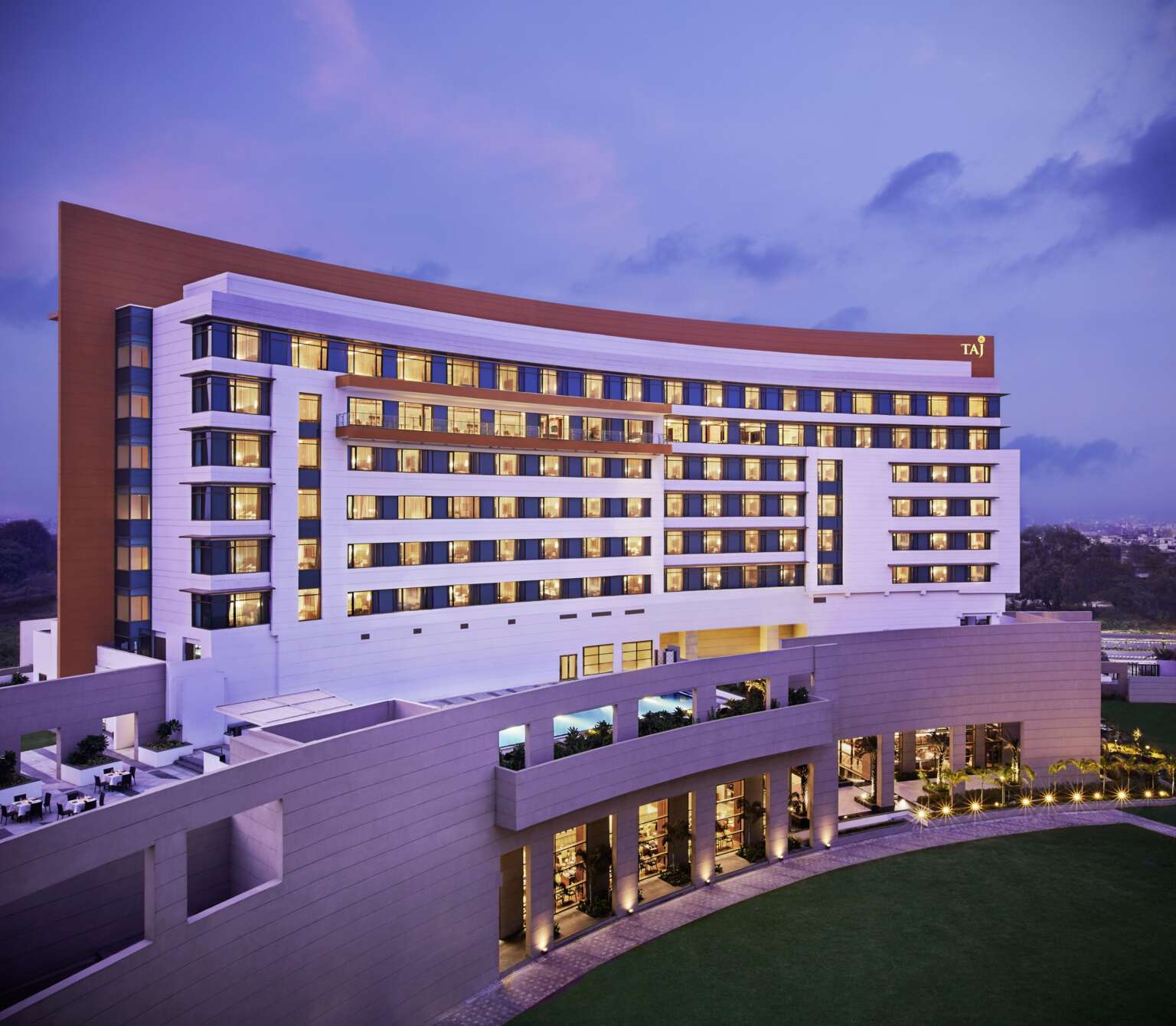
Taj Swarna
Relaxed elegance, impressive service and lots of modern touches, Taj Swarna is a cool Amritsar sanctuary close to all the historical sights.
Day 2
Amritsar
This morning, enjoy a heritage-focused walk through Amritsar’s old narrow lanes where banyan trees grow through crumbling havelis as if they were part of the structures. Explore colourful bazaars specialising in wedding bangles, traditional utensils and local literature. Then it's off to the glorious Golden Temple again but this time during the day when people bathe in the sacred pool waters and the community kitchen is in full swing feeding some 35,000 worshippers. The final stop is Jallianwala Bagh, a memorial garden commemorating the thousands of unarmed protestors who were massacred by British forces here in 1919. After some sobering reflection, there’s time to recover back at your hotel before you travel to the India-Pakistan border to experience a memorable border closing ceremony. Bollywood music, synchronised dance moves and roaring crowds make it feel like half time at the Super Bowl rather than a ritual. Overnight at Hyatt Regency Amritsar.
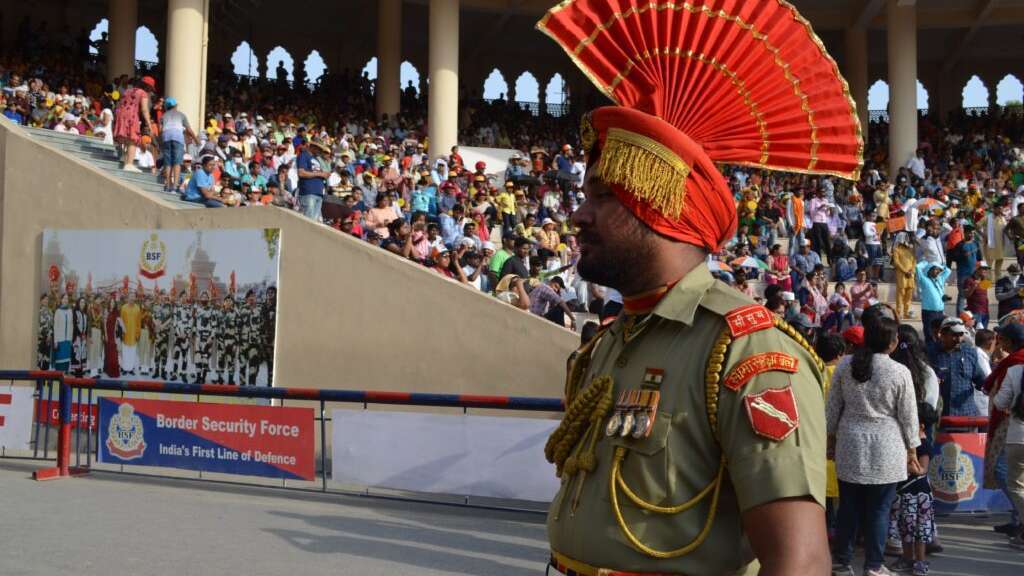
Things to do
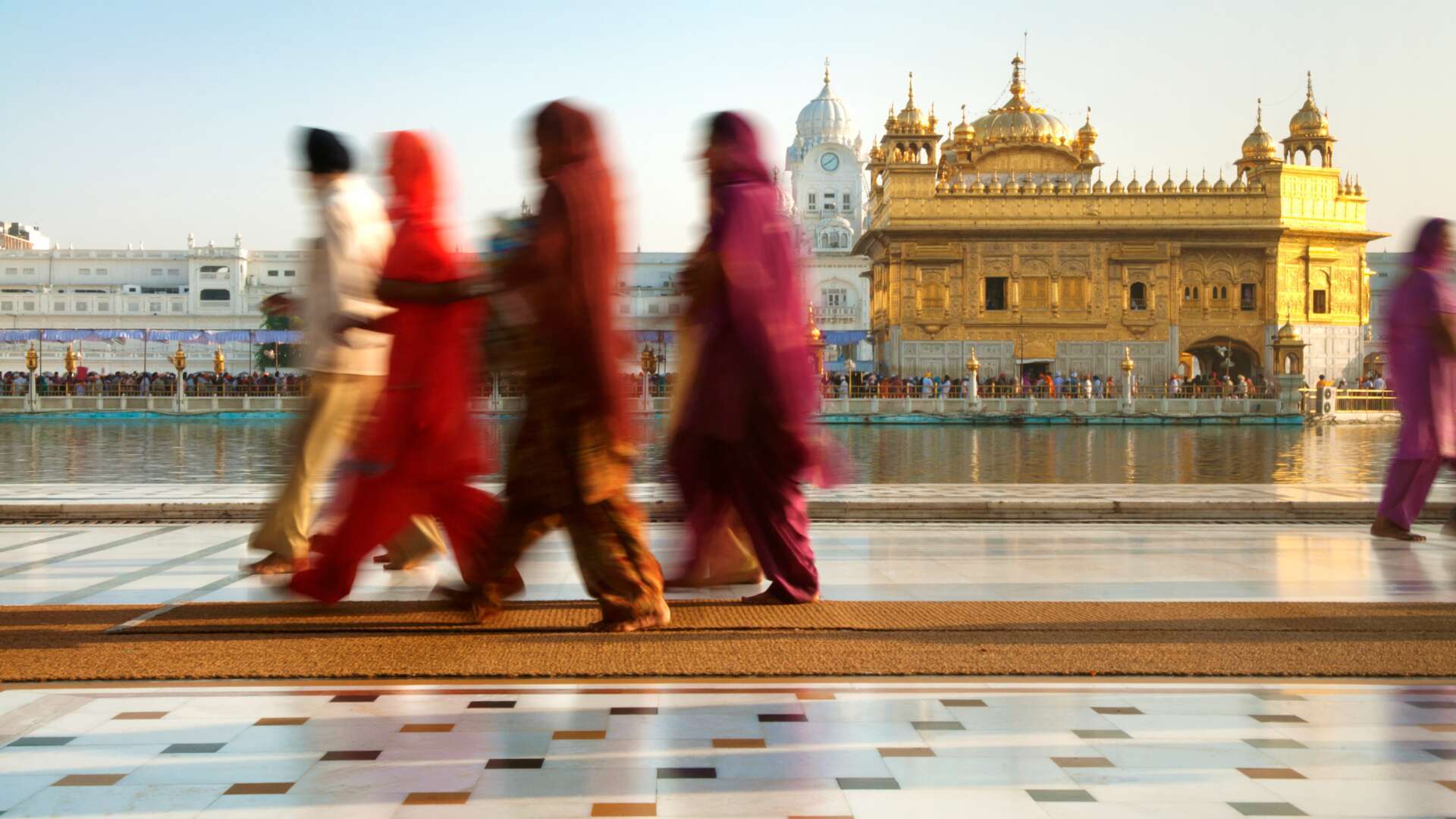

Recommended Hotel

Hyatt Regency Amritsar
A chic and contemporary hotel nestled in the heart of spiritual city, Amritsar.
Day 3
Amritsar & Shimla
Transfer to Amritsar station to board the train to the city of Ambala. From here, you will be met and driven to Shimla (approximately 4.5 hours). Your base for the next two nights is a charming hotel established in the 1800s when the British Raj appointed this mountainous city their summer capital. Enjoy spectacular valley views with pine trees rolling into the distance and perhaps a dip in the inviting swimming pool to rejuvenate you after your travels. Overnight at The Oberoi Cecil.

Recommended Hotels
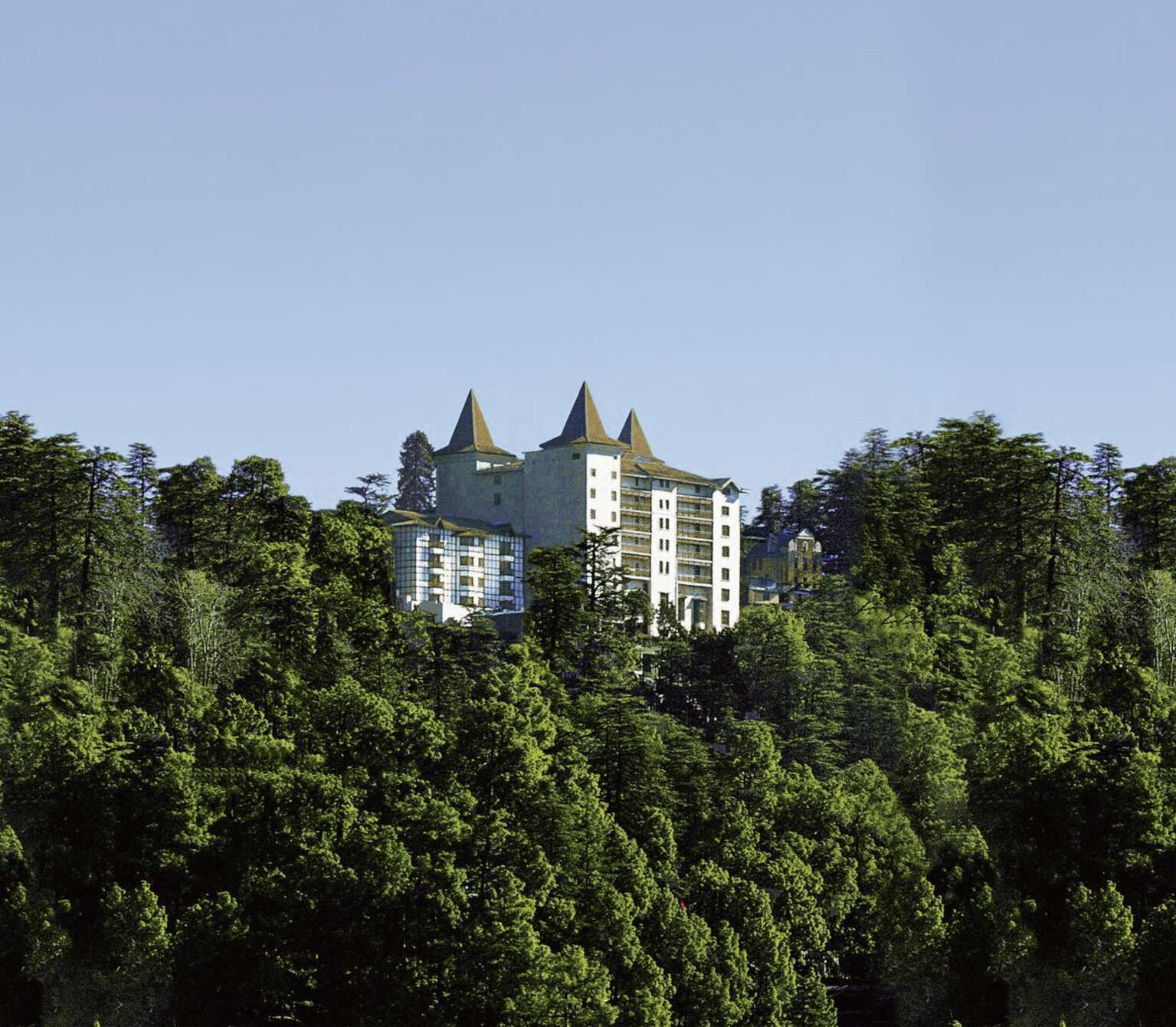
The Oberoi Cecil, Shimla
In the days of the British Raj, Shimla became the summer capital with visitors swapping the humidity of the monsoon rains for the fresh, cool mountain air of the north.
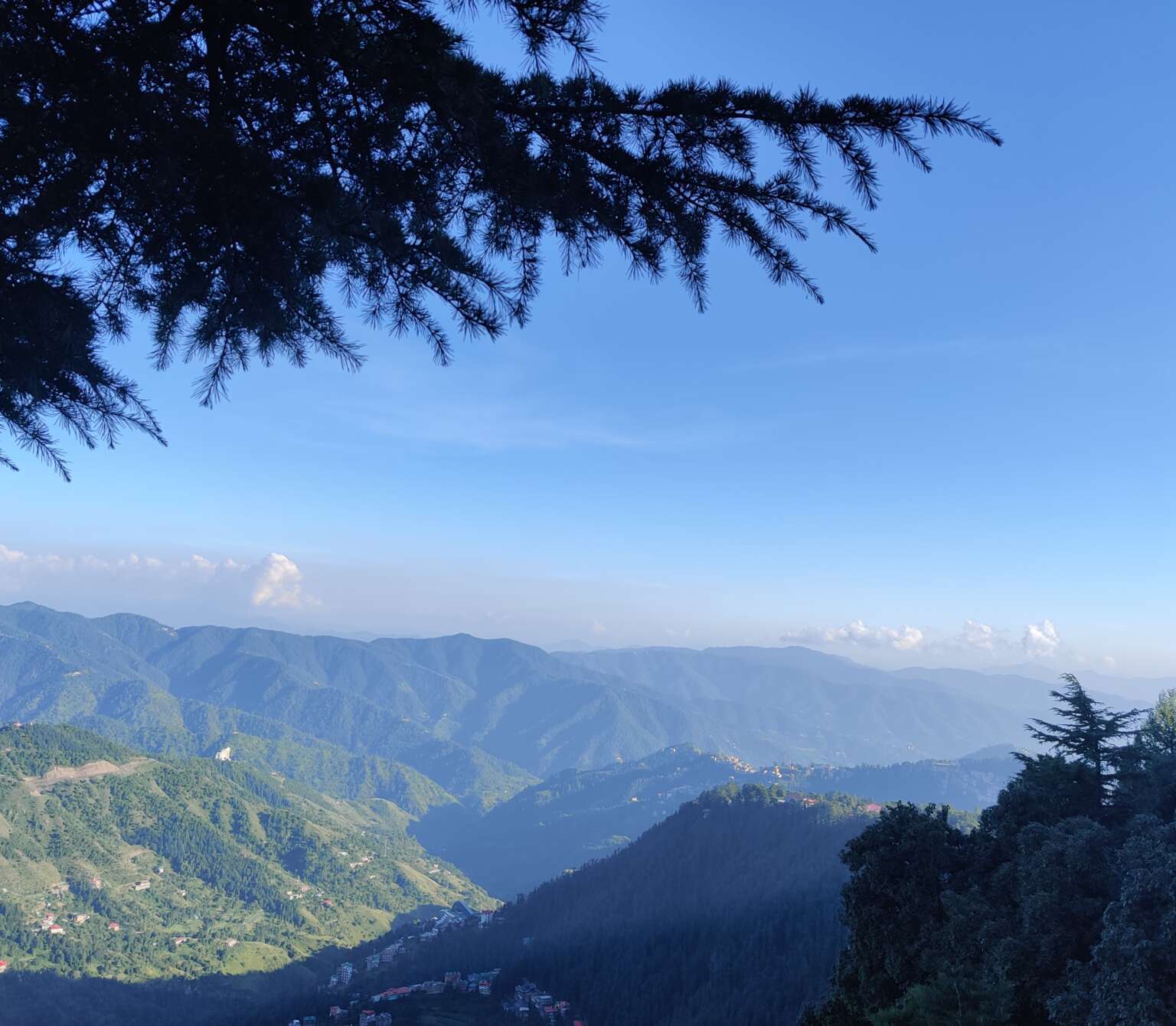
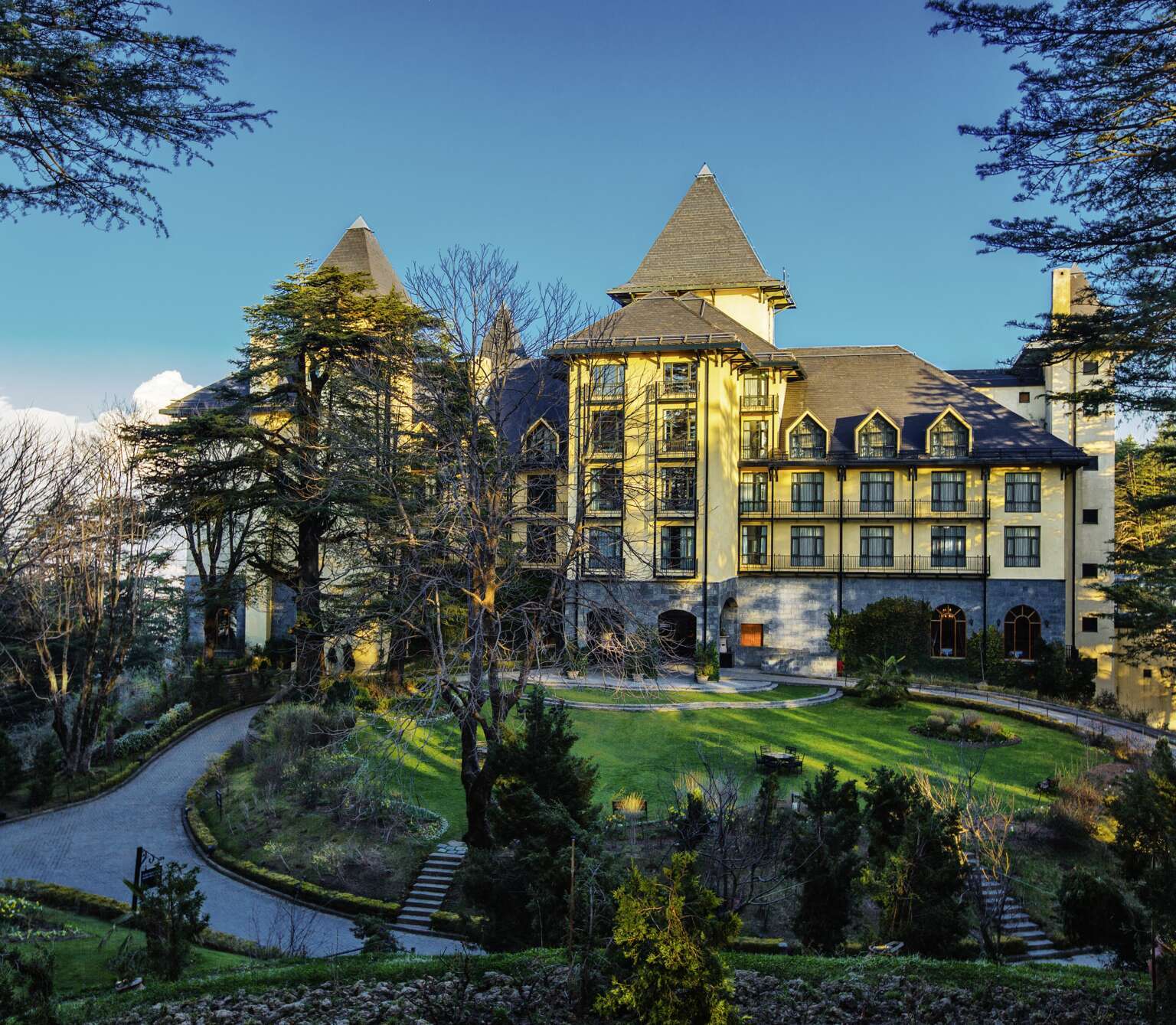
Wildflower Hall – An Oberoi Resort
Perched 8,500 feet above sea level and surrounded by a cedar forest, The Oberoi Wildflower Hall holds a prominent position overlooking the Shimla Valley.
Day 4
Shimla
After breakfast, transfer to Shimla station for a ride on the famous toy train, Himalayan Queen. Descending approximately 2,400 feet at a trundle, you’ll snake through cedar forests, past waterfalls and mountain peaks before reaching Taradevi station. A driver will take you back to Shimla to enjoy a short introductory tour of the historic town visiting landmarks such as the Viceregal Lodge where the British Raj planned the Partition of India. After a spot of lunch, stroll along the Mall Road, Shimla's historic high street lined with mock Tudor buildings. Overnight at The Oberoi Cecil.
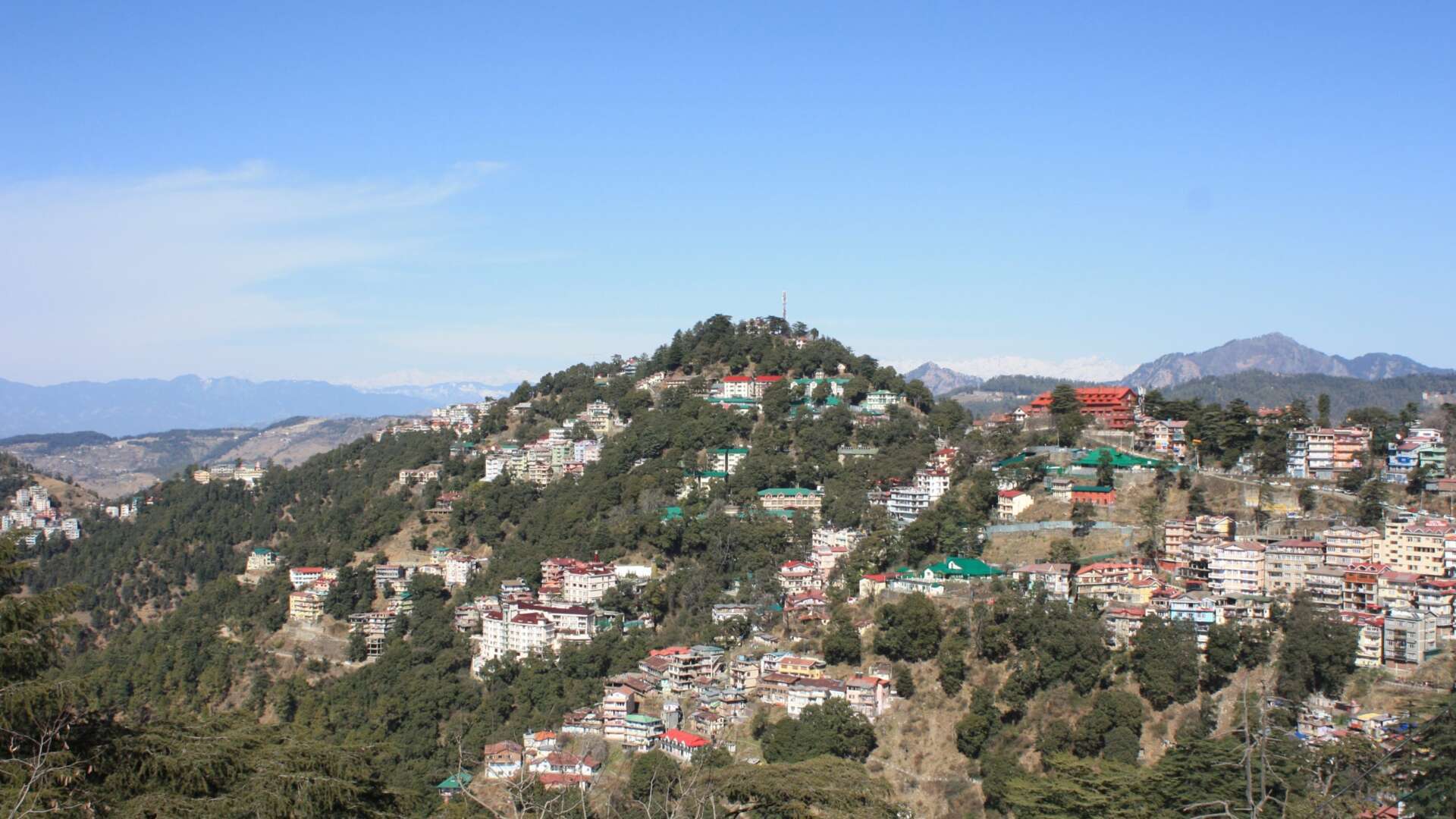
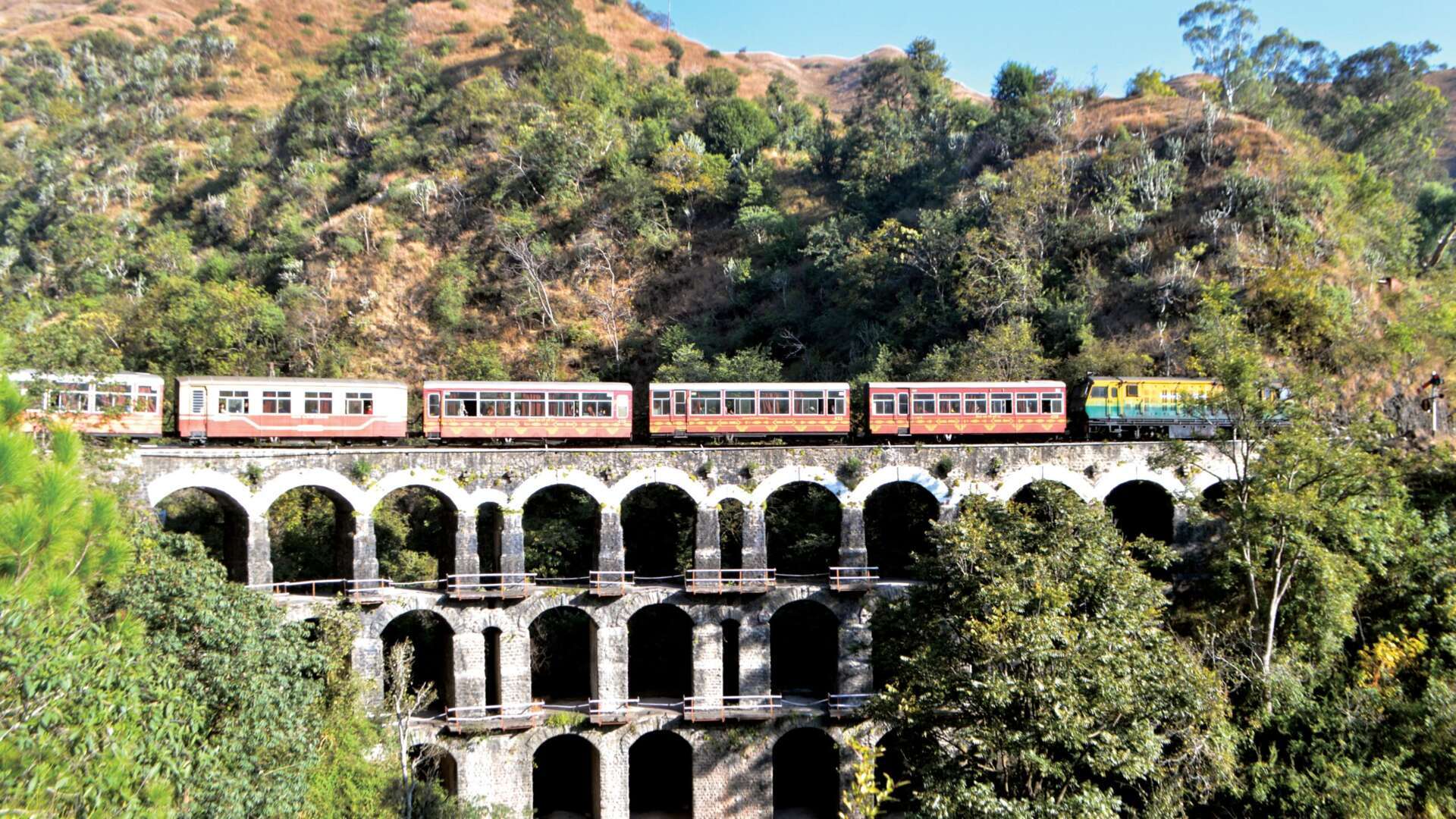
Recommended Hotel

The Oberoi Cecil, Shimla
In the days of the British Raj, Shimla became the summer capital with visitors swapping the humidity of the monsoon rains for the fresh, cool mountain air of the north.
Day 5
Shimla
Today is free to relax or learn about Shimla’s literary and artistic heritage on a cultural walking tour. The trail takes you through picturesque meadows, brooks and forests frequented by Rudyard Kipling finishing at an art gallery founded by the legendary late local artist, Sanath Chatterjee renowned for his mythological works. Alternatively, you may wish to unwind in your hotel's decadent spa known for its herb-infused massages, the perfect antidote to a refreshing walk in the neighbouring forest. Overnight at The Oberoi Cecil.

Recommended Hotel

The Oberoi Cecil, Shimla
In the days of the British Raj, Shimla became the summer capital with visitors swapping the humidity of the monsoon rains for the fresh, cool mountain air of the north.
Day 6
Shimla & Jaipur
Transfer to Chandigarh Airport (approximately 4 hours) to board your flight to Jaipur. On arrival, you will be met and transferred to your hotel. Famously named the Pink City, Jaipur was painted in salmon-rose hues to welcome the Prince of Wales (the future Edward VII) and Queen Victoria in 1876. This striking walled city is a photographer’s paradise known for block printing and spectacular clay pottery as well as being home to colourful temples, splendid palaces and the imposing Amber Fort. Overnight at Samode Haveli.
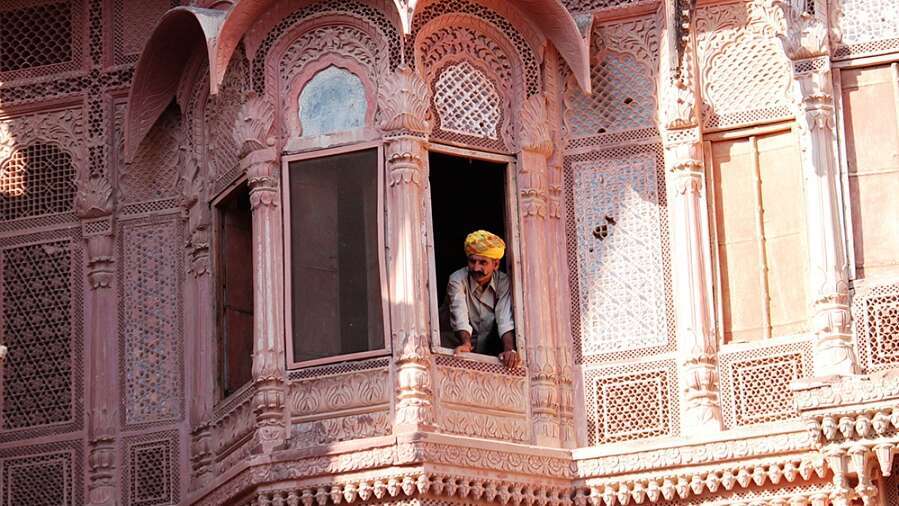
Recommended Hotels
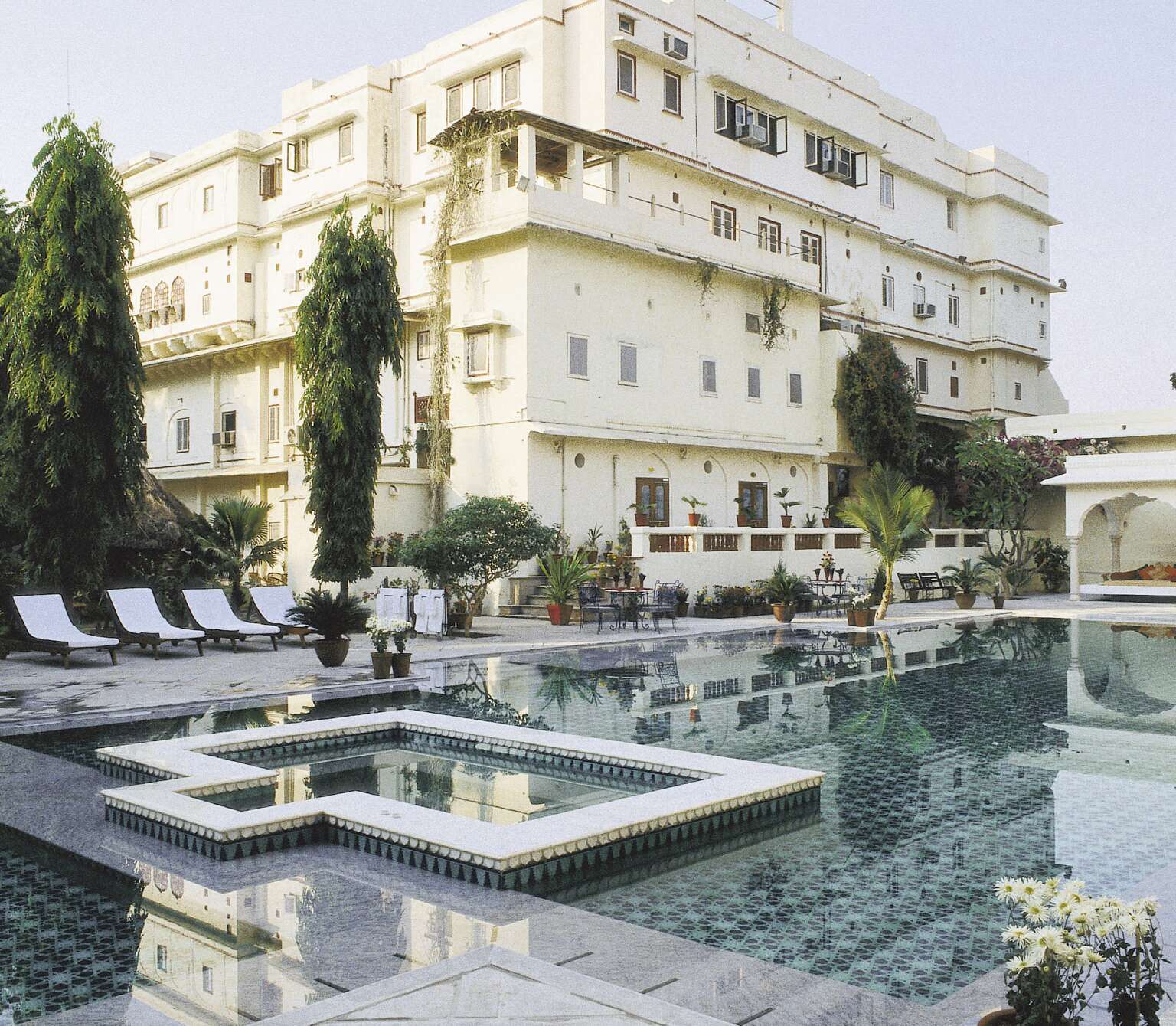
Samode Haveli, Jaipur
A charming luxury heritage hotel, set in a great location for exploring historic Jaipur.
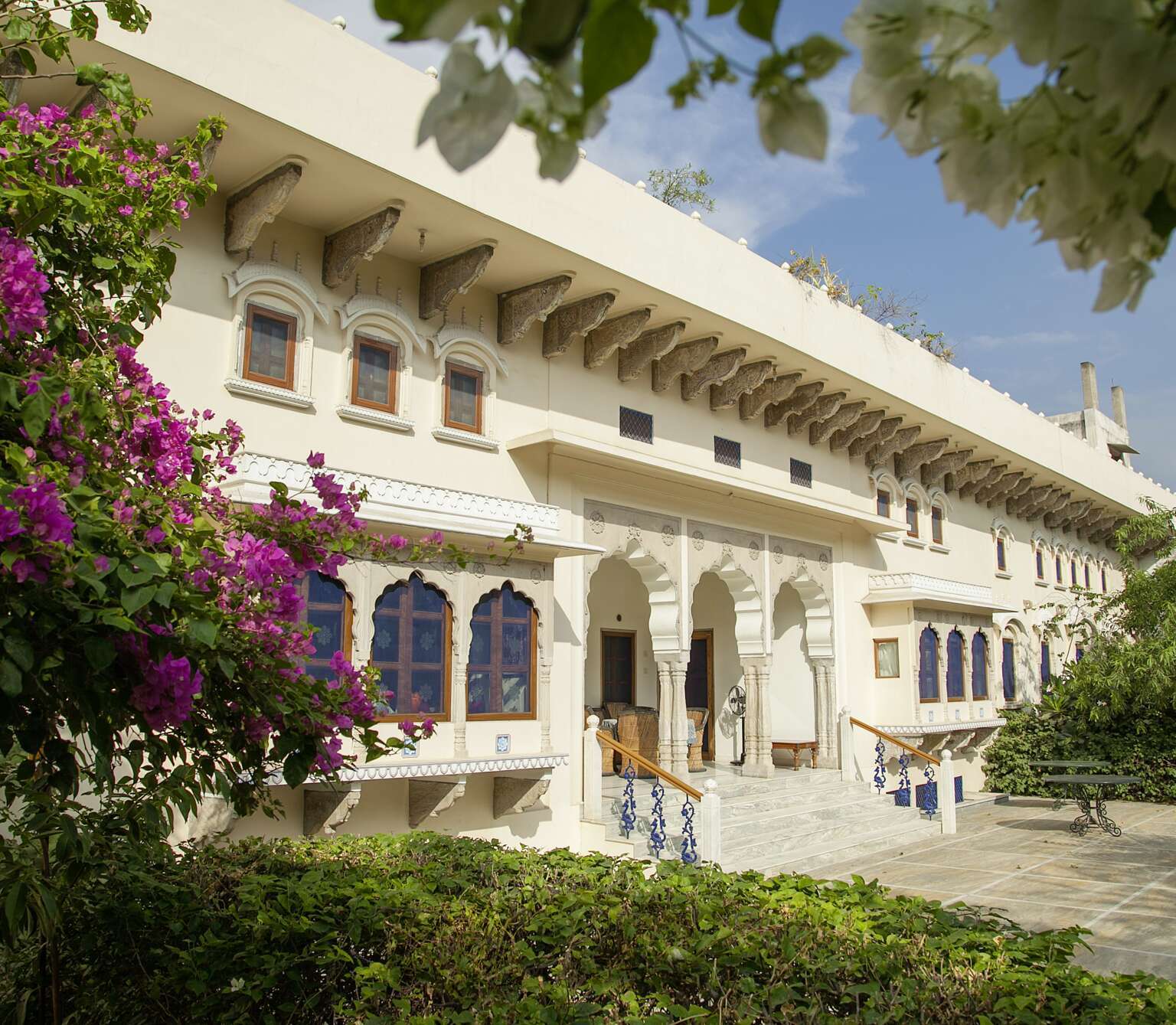
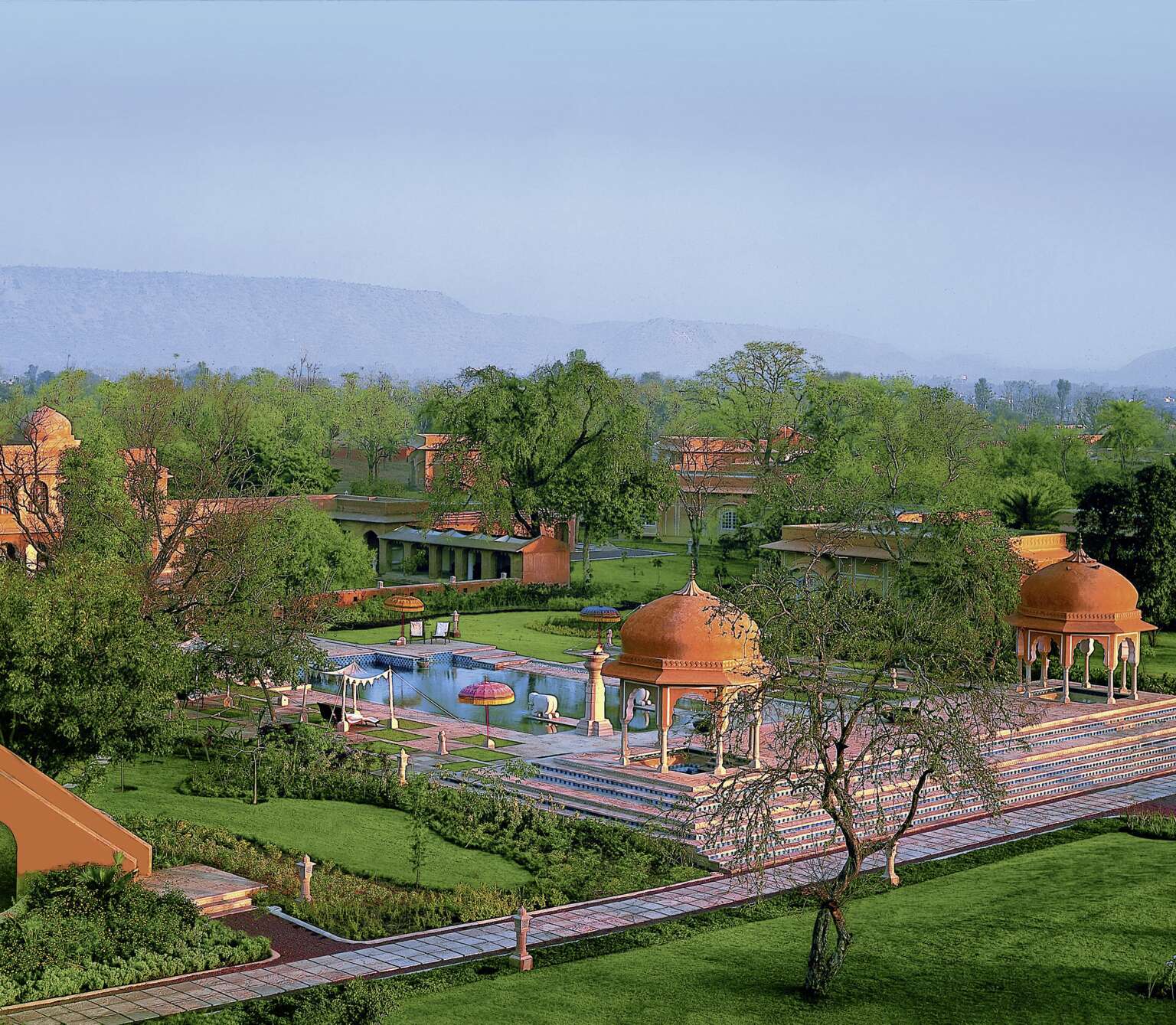
The Oberoi Rajvilas
Built in the style of a traditional Rajasthani fort, this spectacular retreat five miles outside Jaipur is a destination in its own right.
Day 7
Jaipur
Explore Jaipur independently this morning or opt for a half-day sightseeing tour investigating the serene avenues of the all-rose City Palace, the attractive latticework of the Palace of the Winds, as well as the striking architecture of the Royal Observatory. In the afternoon, you’ll be driven to the 16th-century Amber Fort, a sprawling, UNESCO-listed palace. Teetering high on a hill surrounded by the Aravalli mountains, you can wander its cobbled paths, imposing ramparts and elaborate halls reliving battles, the secret lives of the maharajas and extravagant royal processions. After some downtime, you could opt for a cooking experience in the courtyard of a local noble family or stay put for cocktail hour on the rooftop of your haveli. Overnight at Samode Haveli.
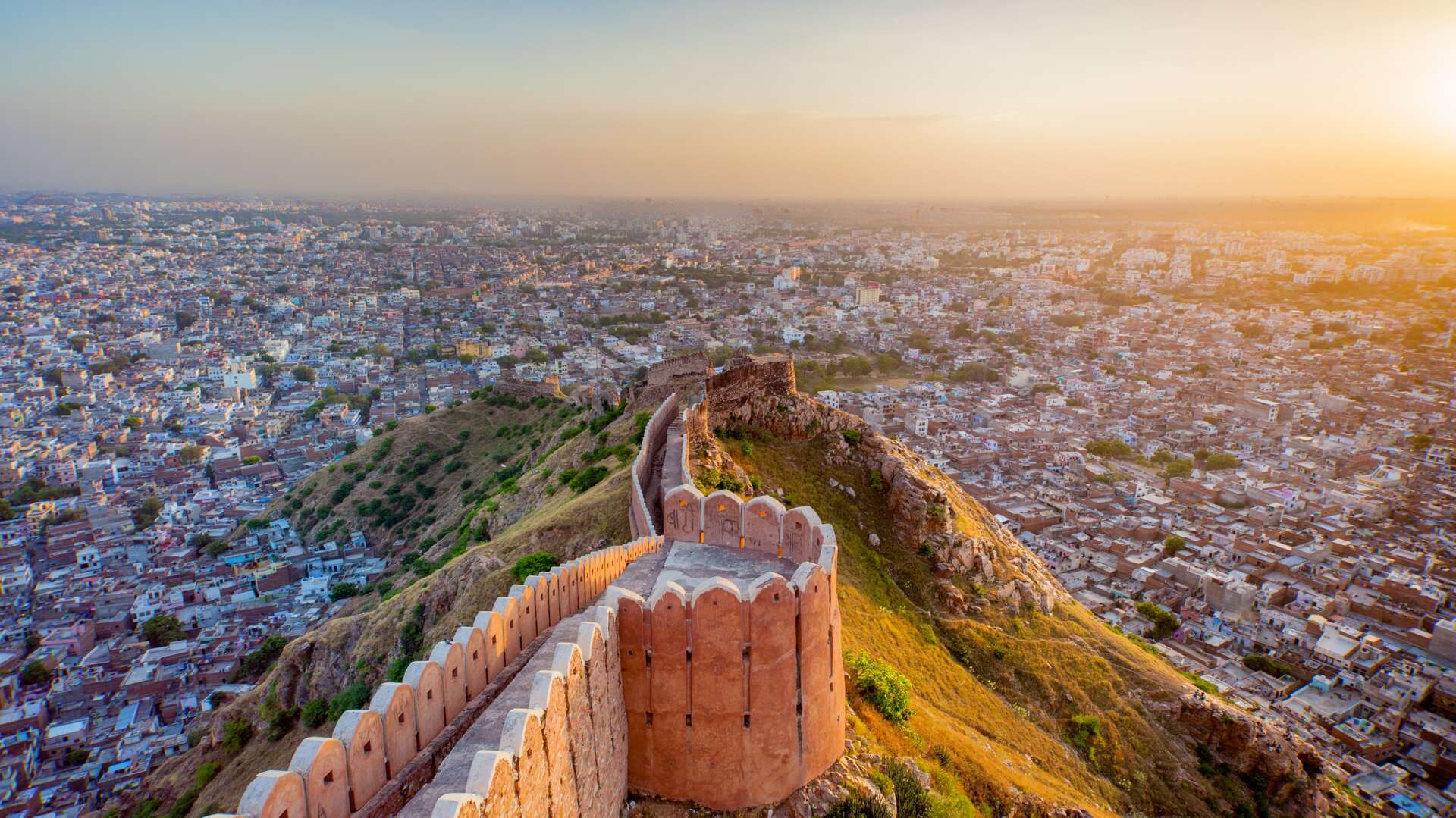
Things to do
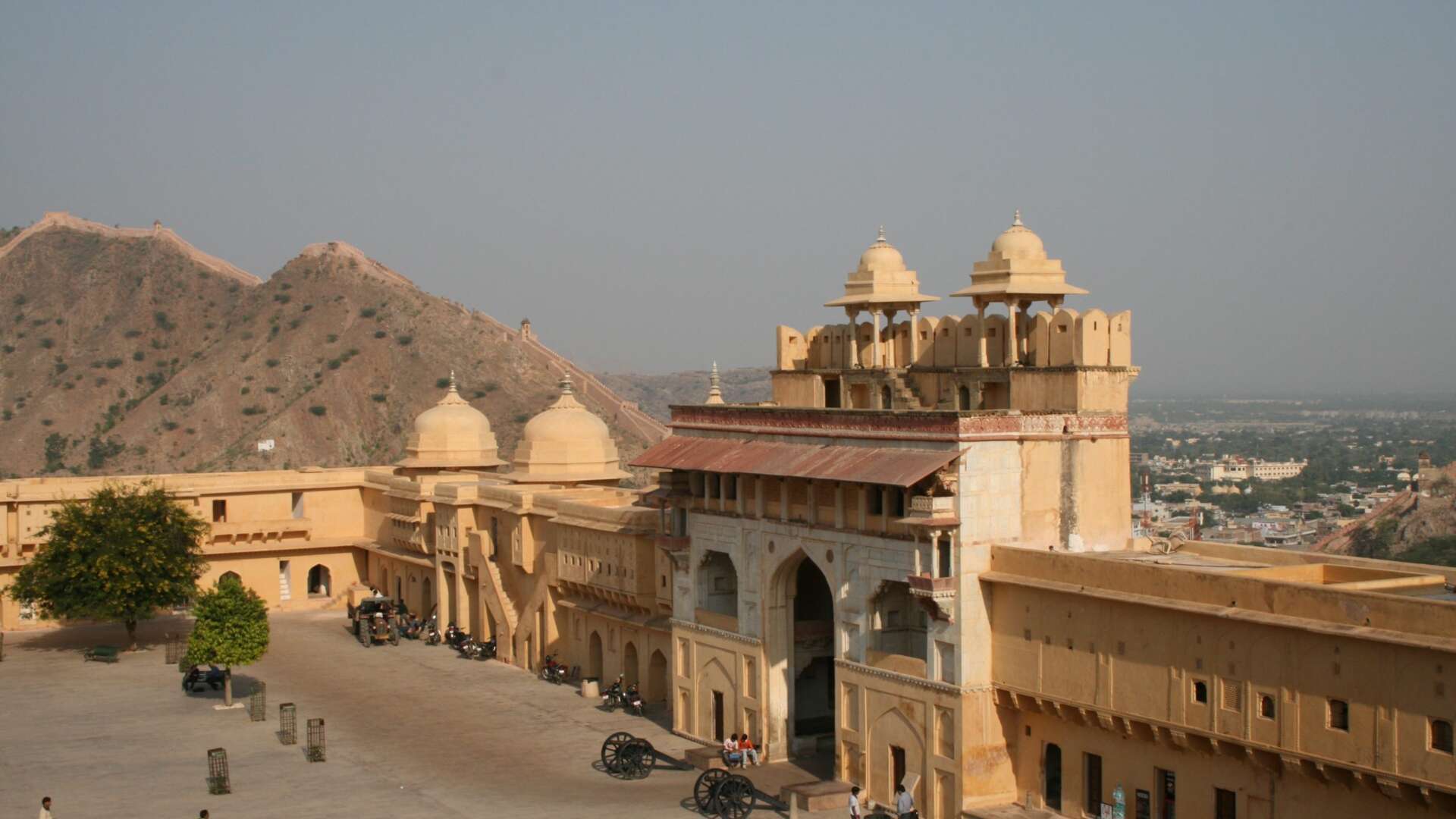
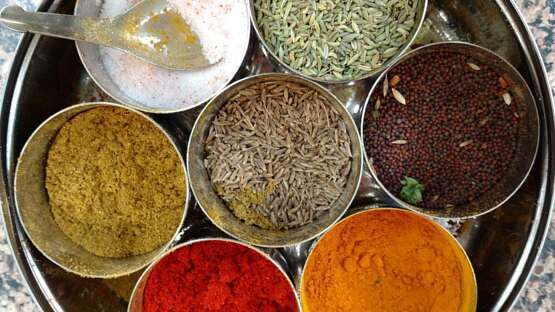
Recommended Hotel

Samode Haveli, Jaipur
A charming luxury heritage hotel, set in a great location for exploring historic Jaipur.
Day 8
Jaipur & Agra
This morning is free to enjoy optional activities. This could be a hot-air balloon ride for a romantic view of the city or you may choose a walking tour of Jaipur's history-rich havelis and temples. Afterwards, drive to Agra (approximately 5.5 hours) stopping en route to see the perfectly preserved deserted Mughal city of Fatehpur Sikri. This immense red sandstone structure was founded in 1569 but abandoned just 16 years later due to a lack of water supply. Consider this a magical prelude to the main event tomorrow, a tour of the iconic Taj Mahal. Overnight at Taj Hotel & Convention Centre.
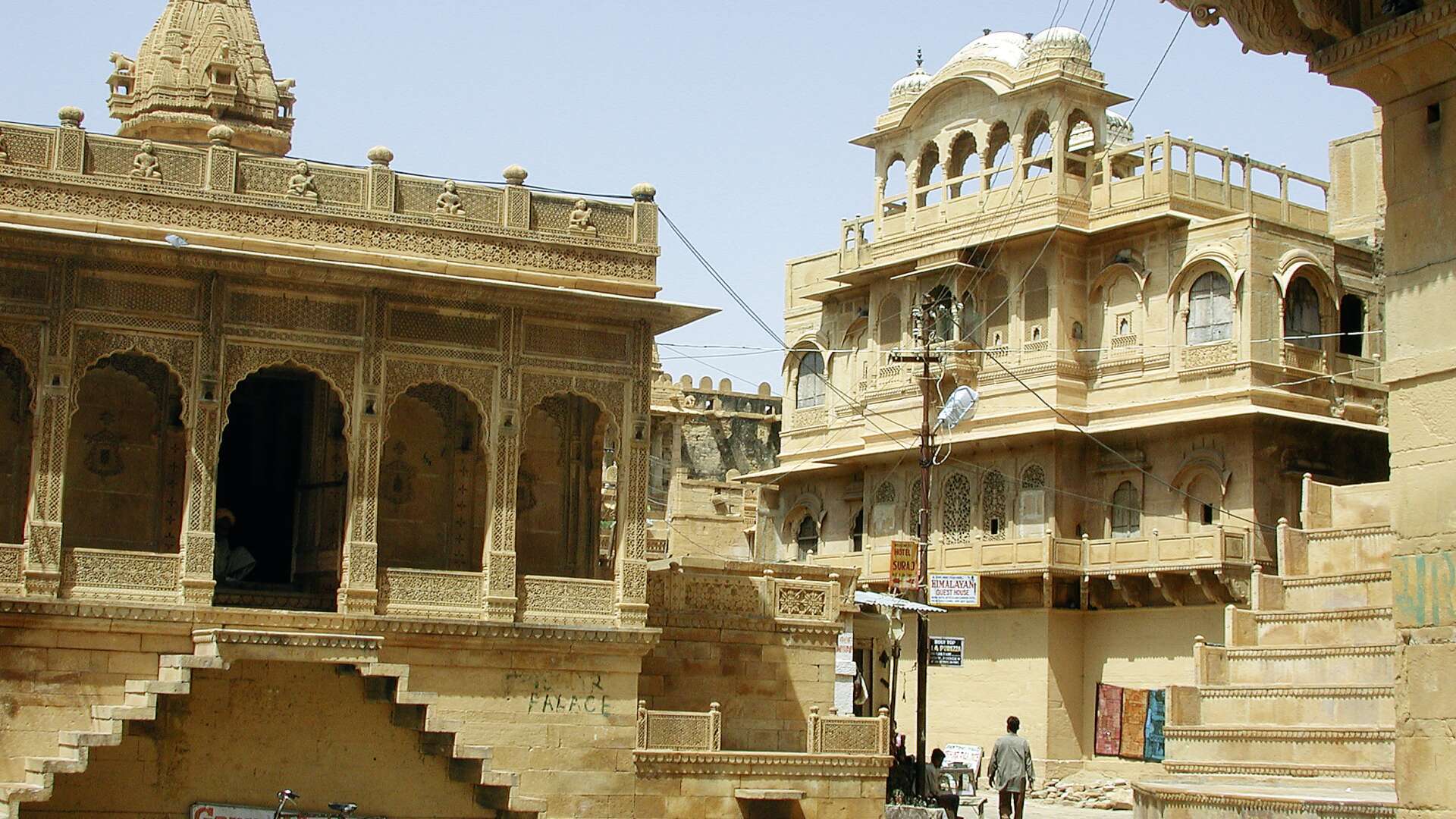

Recommended Hotel
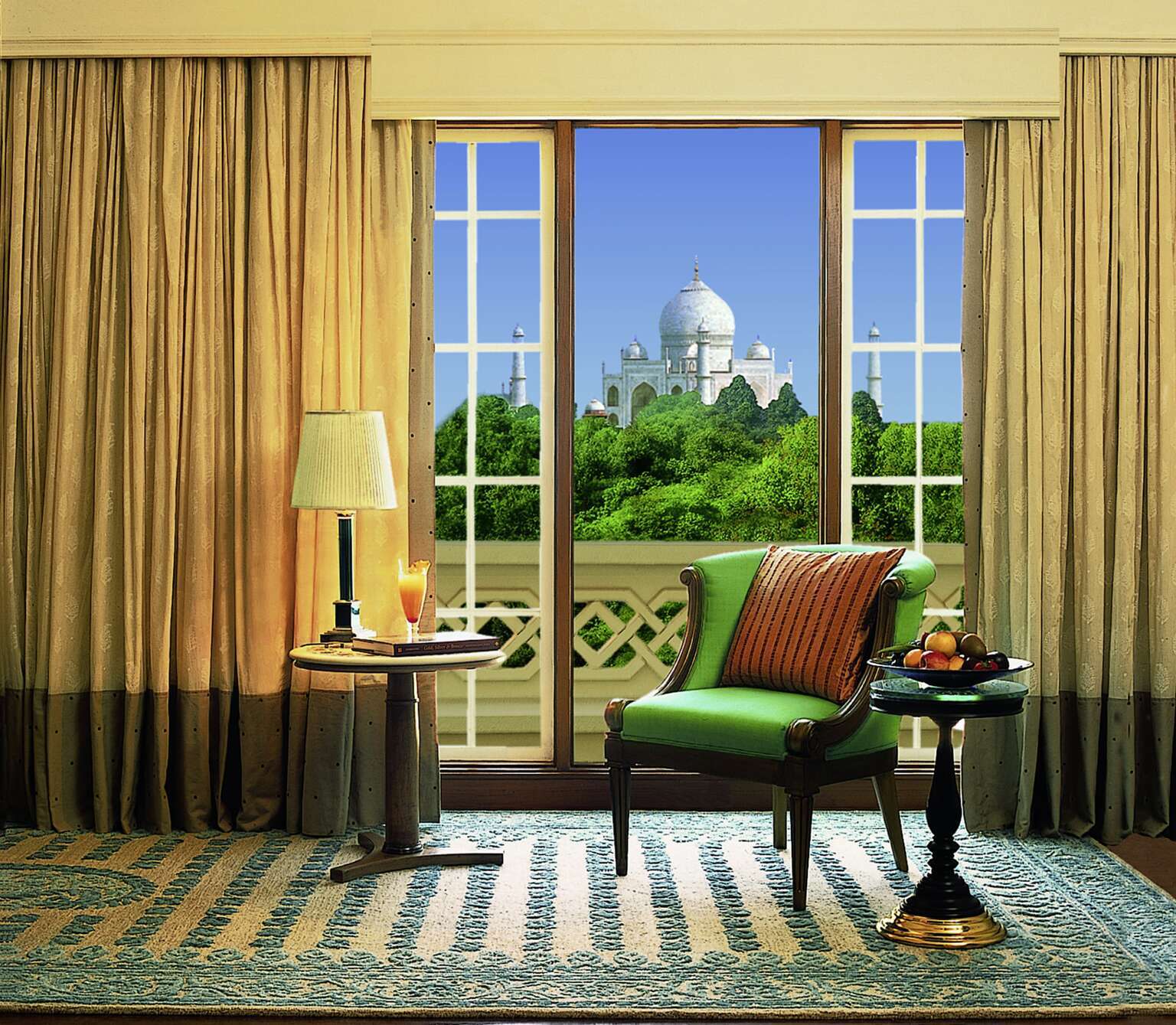
The Oberoi Amarvilas
Undeniably the best place to stay for exceptional views of the iconic Taj Mahal.
Day 9
Agra & Delhi
Rise early for the incredible highlight of your tour: the once-in-a-lifetime experience of watching the sunrise over the spectacular Taj Mahal. One of the finest pieces of architecture in the world, this wedding-cake white domed palace is all the more mesmerising during the early hours as it takes on an ethereal pink glow in the changing light. After time here to absorb its architectural marvel and immaculately designed gardens, you could choose an optional activity in Agra from an introductory walking tour or a countryside bicycle ride. Otherwise continue straight to Delhi (approximately 4 hours) to start exploring India's capital. Overnight at The Claridges.

Things to do
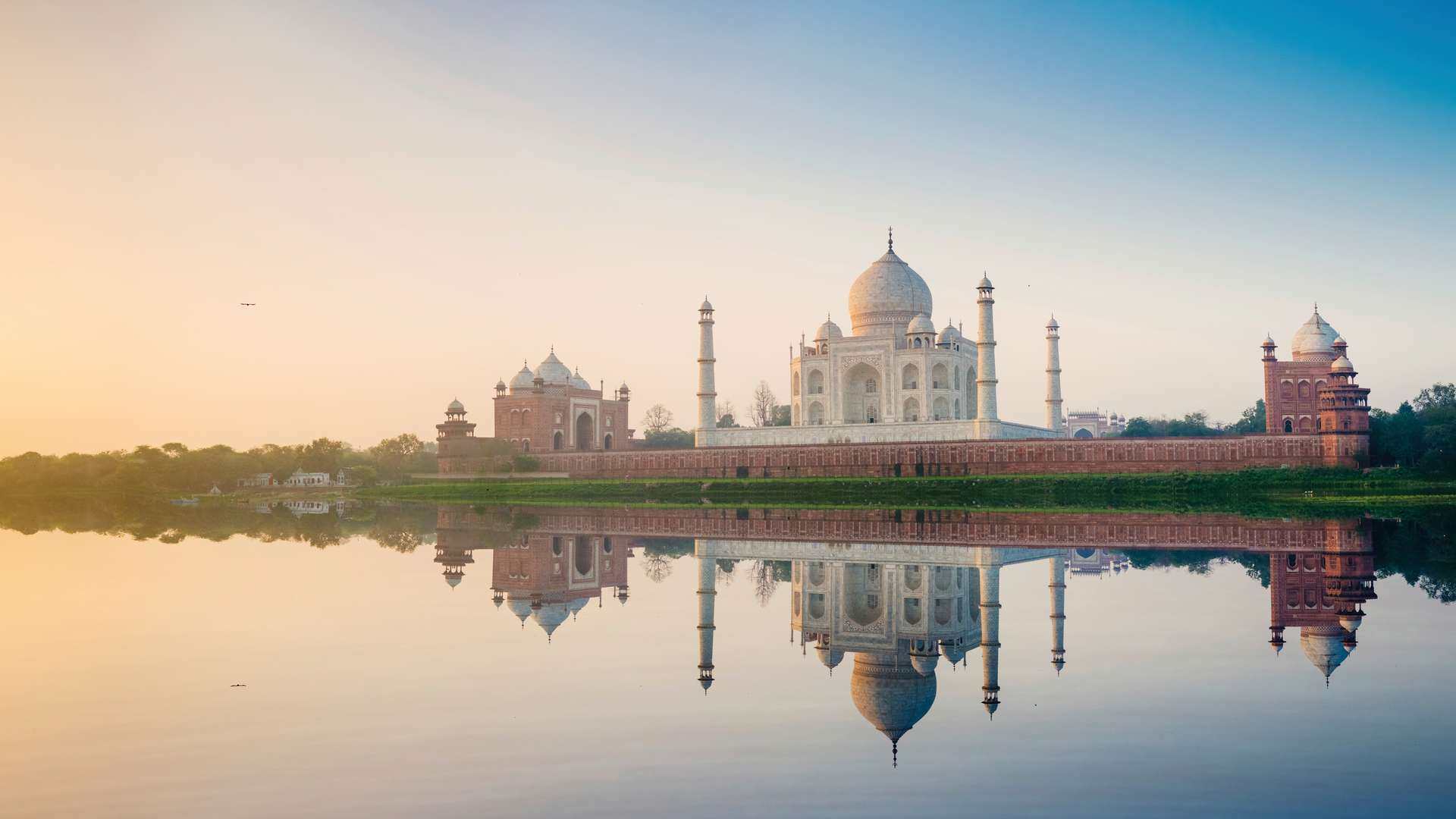
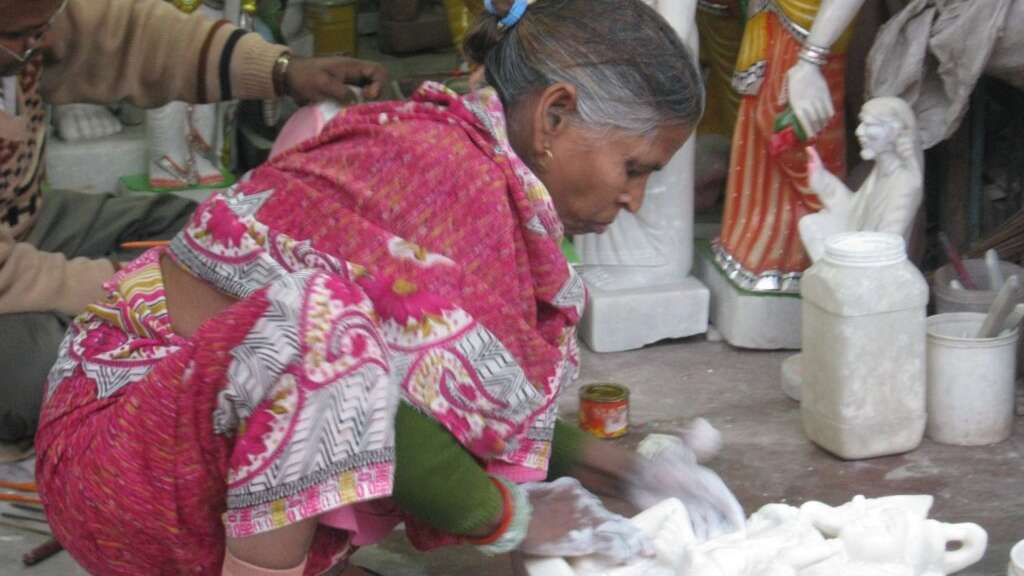
Recommended Hotel
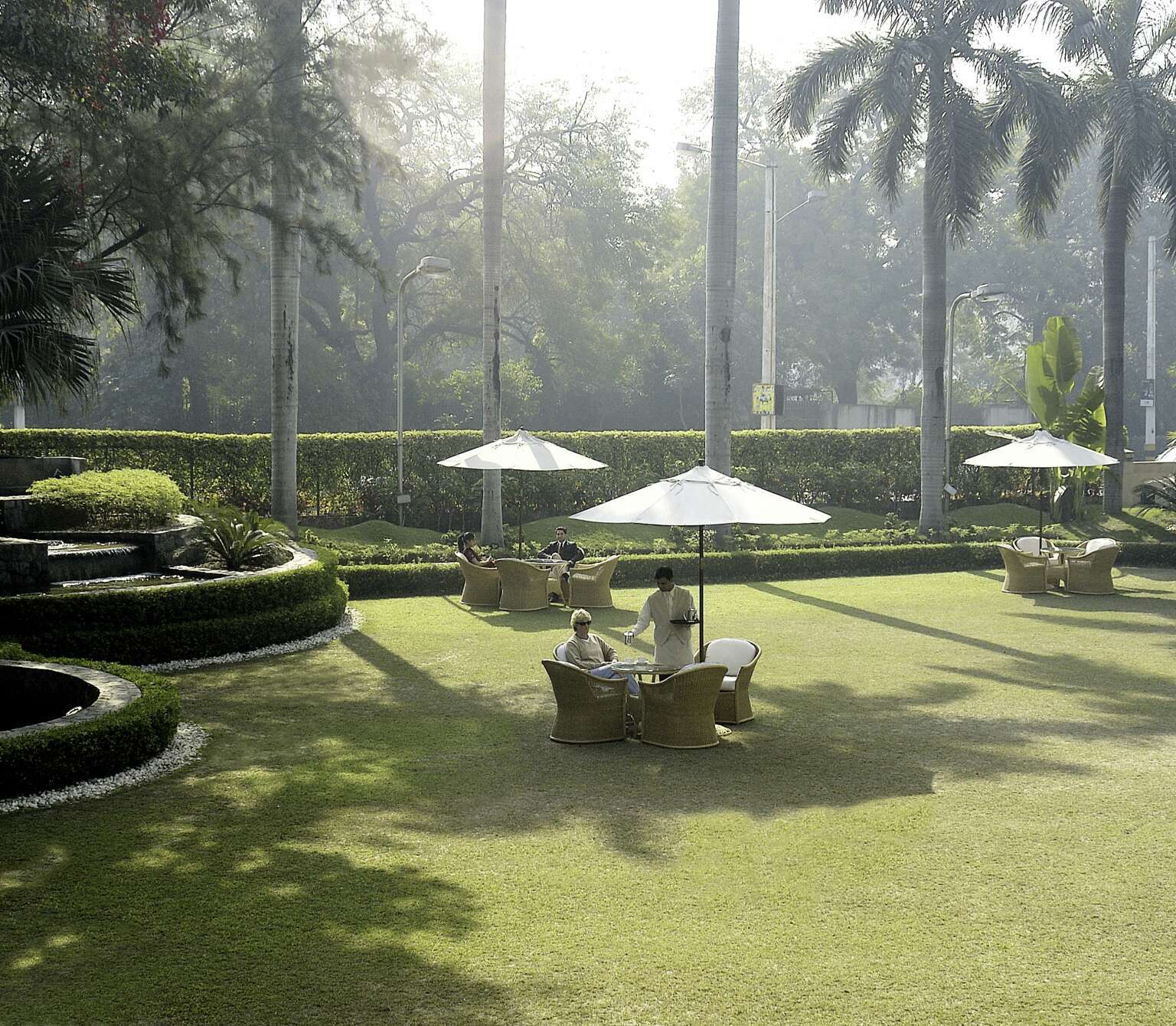
The Claridges, New Delhi
Understated and elegant, this gorgeous hotel sits among lush, tranquil gardens in a vibrant setting close to New Delhi’s historic landmarks.
Day 10
Delhi
Once made up of seven separate cities, today Delhi is a vibrant metropolis full of textured history, culture and colour. Enjoy a full day exploring. If you’re feeling energetic, opt for a Delhi by Dawn tour to see the city come alive in the early hours and foodies should not miss a culinary tour with a local expert. Take a rickshaw ride around Old Delhi’s higgledy-piggledy lanes, the best way to gain ground or embark on a photography excursion to capture the city’s traditional spice markets and bazaars. Alternatively, you could explore independently, carving through the capital on your own terms, seeing where the wind takes you. For your final evening, we would recommend a tour of Chandni Chowk market which includes dining at a local hotspot known for lip-smacking Mughlai cuisine. Overnight at The Claridges.
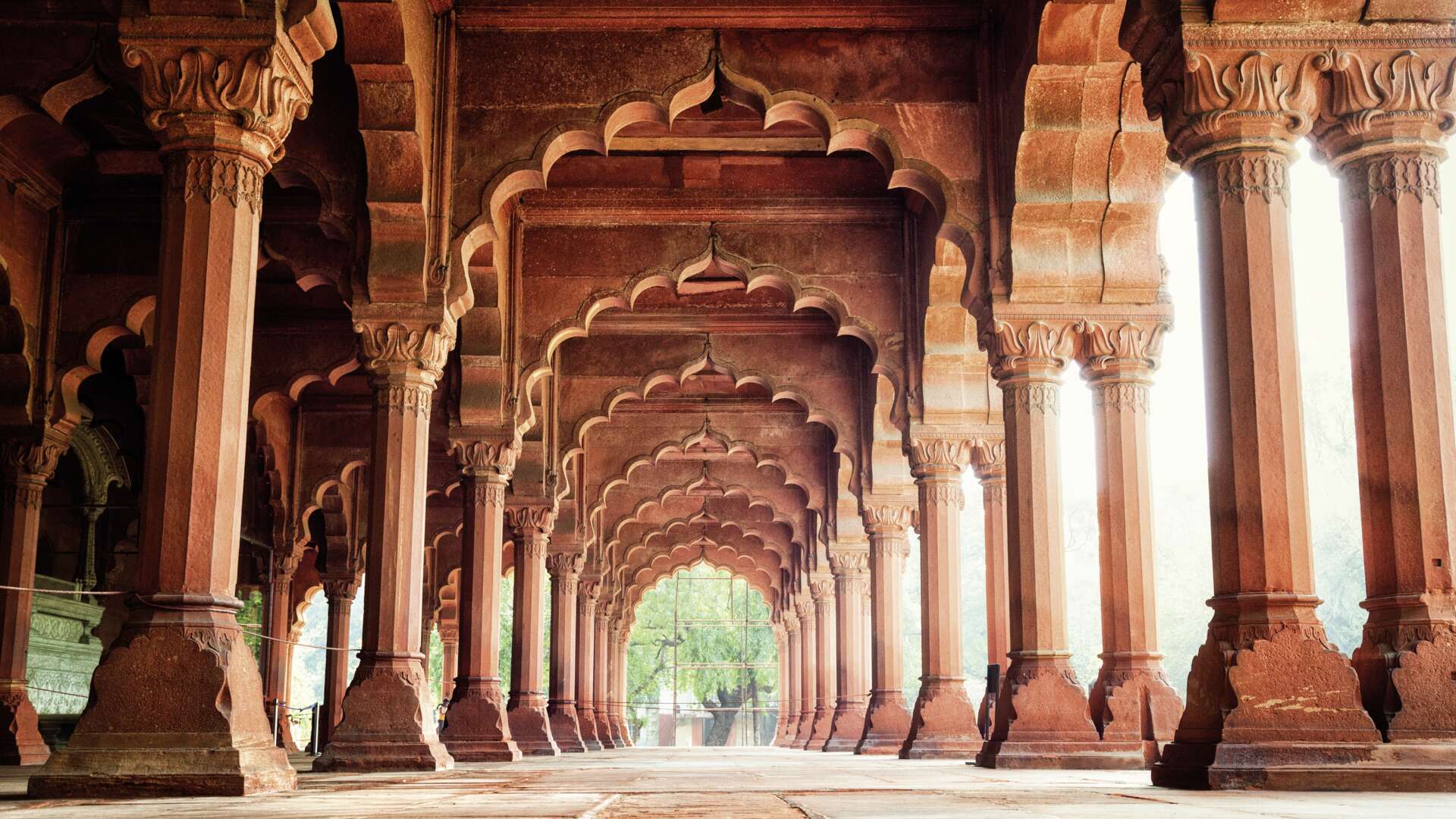
Things to do
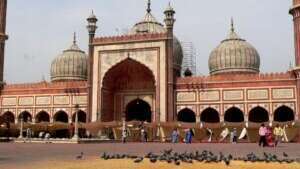
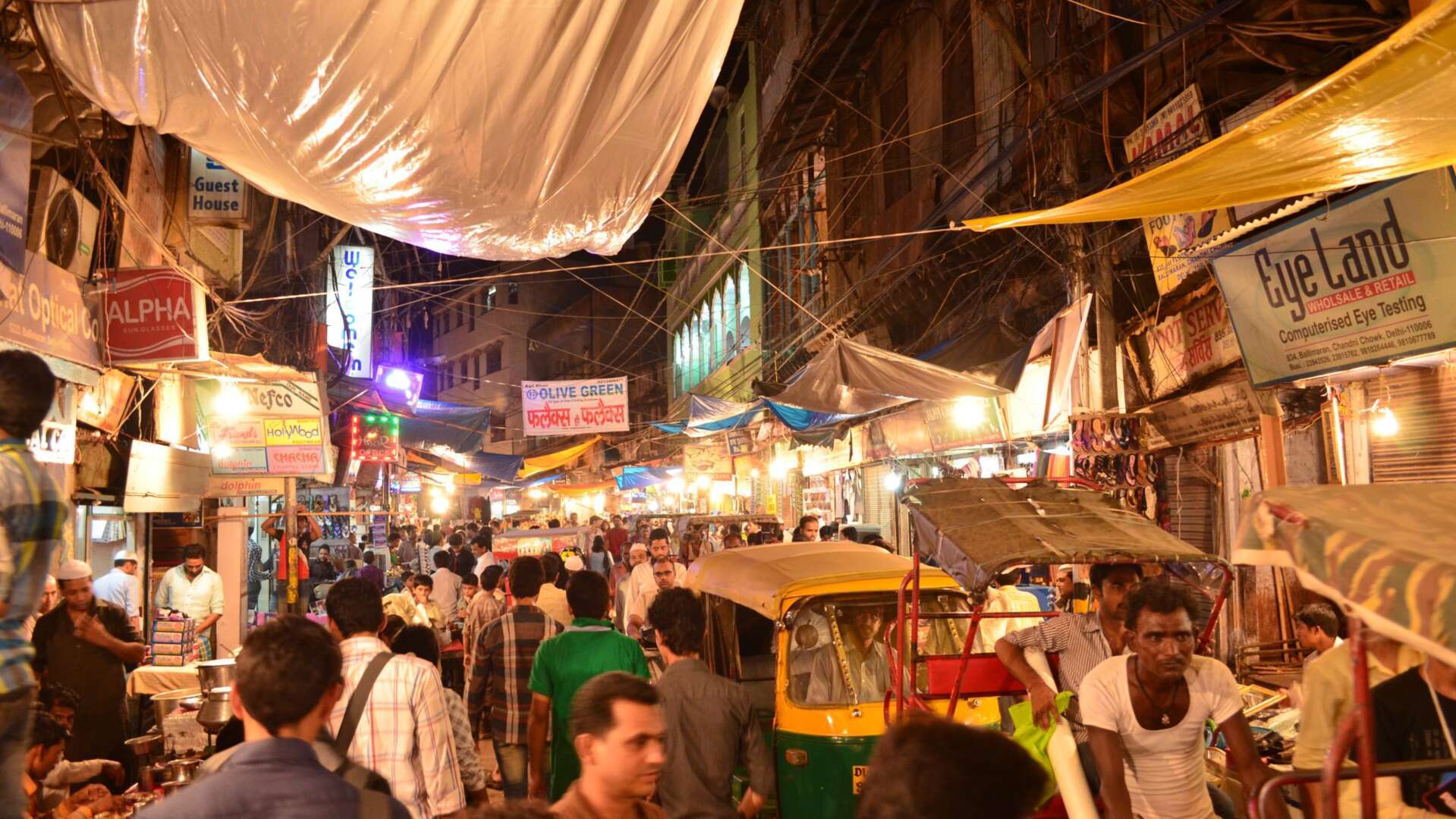
Recommended Hotel

The Claridges, New Delhi
Understated and elegant, this gorgeous hotel sits among lush, tranquil gardens in a vibrant setting close to New Delhi’s historic landmarks.
Day 11
Delhi & Departure
You will be transferred to the airport in time for your flight home, or onward travel.
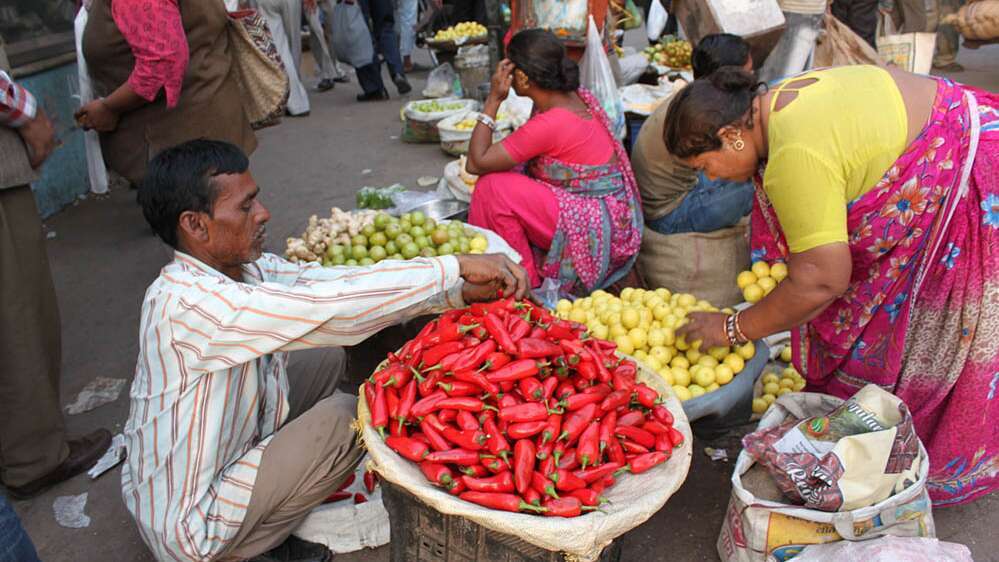
Extend your holiday
Maldives
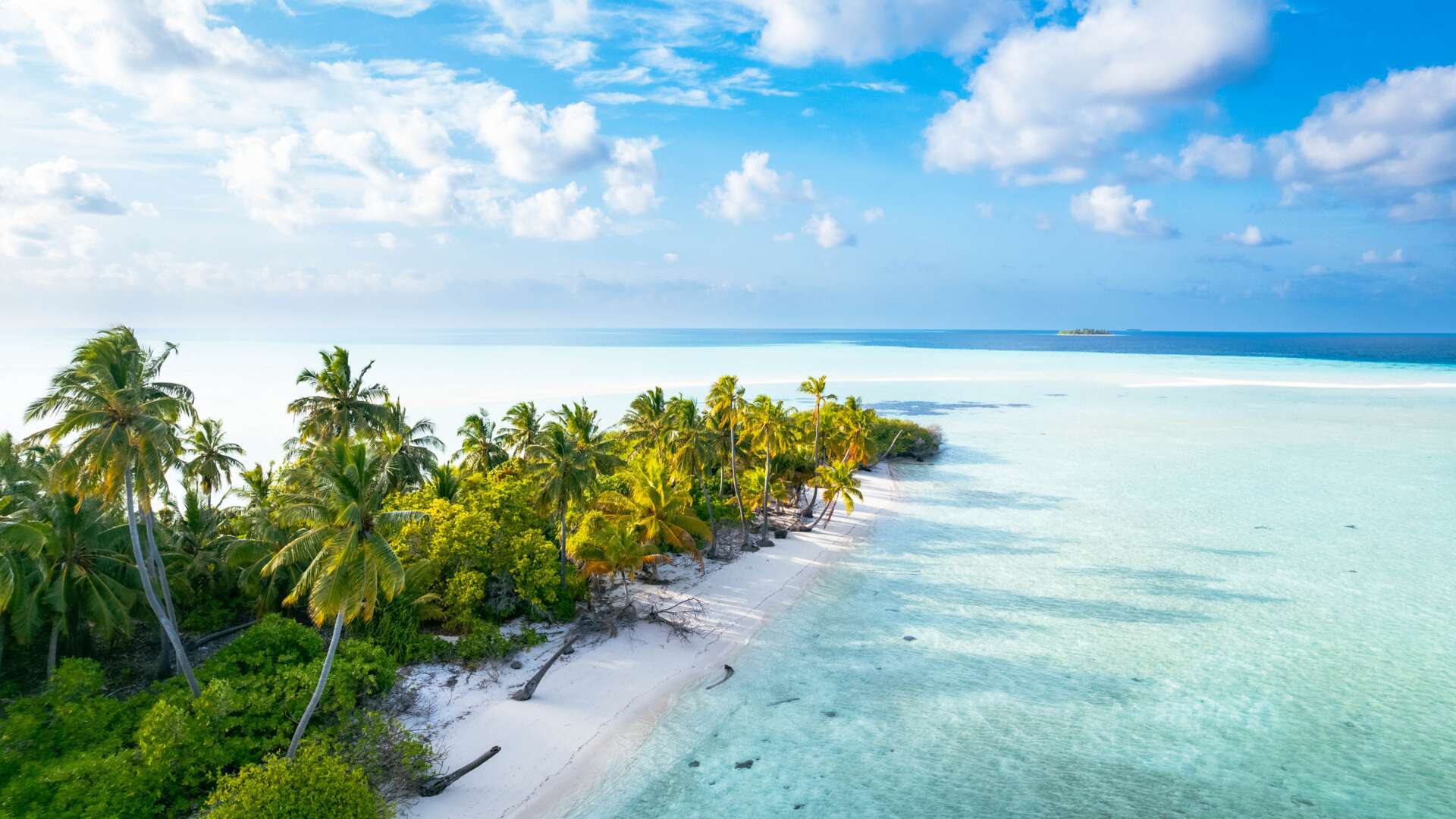
Guide price information
Low Season
16 Apr - 30 Sep
£2,850
High Season
10 Jan - 15 Apr, 01 Oct - 19 Dec
£3,075
Guide price information is based on 2 people sharing with included flights from London, accommodation, transport and experiences detailed in the itinerary above. Guide prices do not include optional things to do. Unless specified guide prices are based on 2025 departures. Call us for up to date prices – the cost of your holiday depends upon the time of year you travel, how long you go for, preferred departure airport, airlines, hotels and things to do.
Other Itineraries
Sorry, your hotel is no longer available
Please check alternatives
-
{{item.body}}
-
{{item.body}}
Choose a departure date
{{store.searchDuration}} nights
Enter rooms & guests
Checking prices & availability

{{term}}, {{formattedDate}} for {{searchDuration}} nights
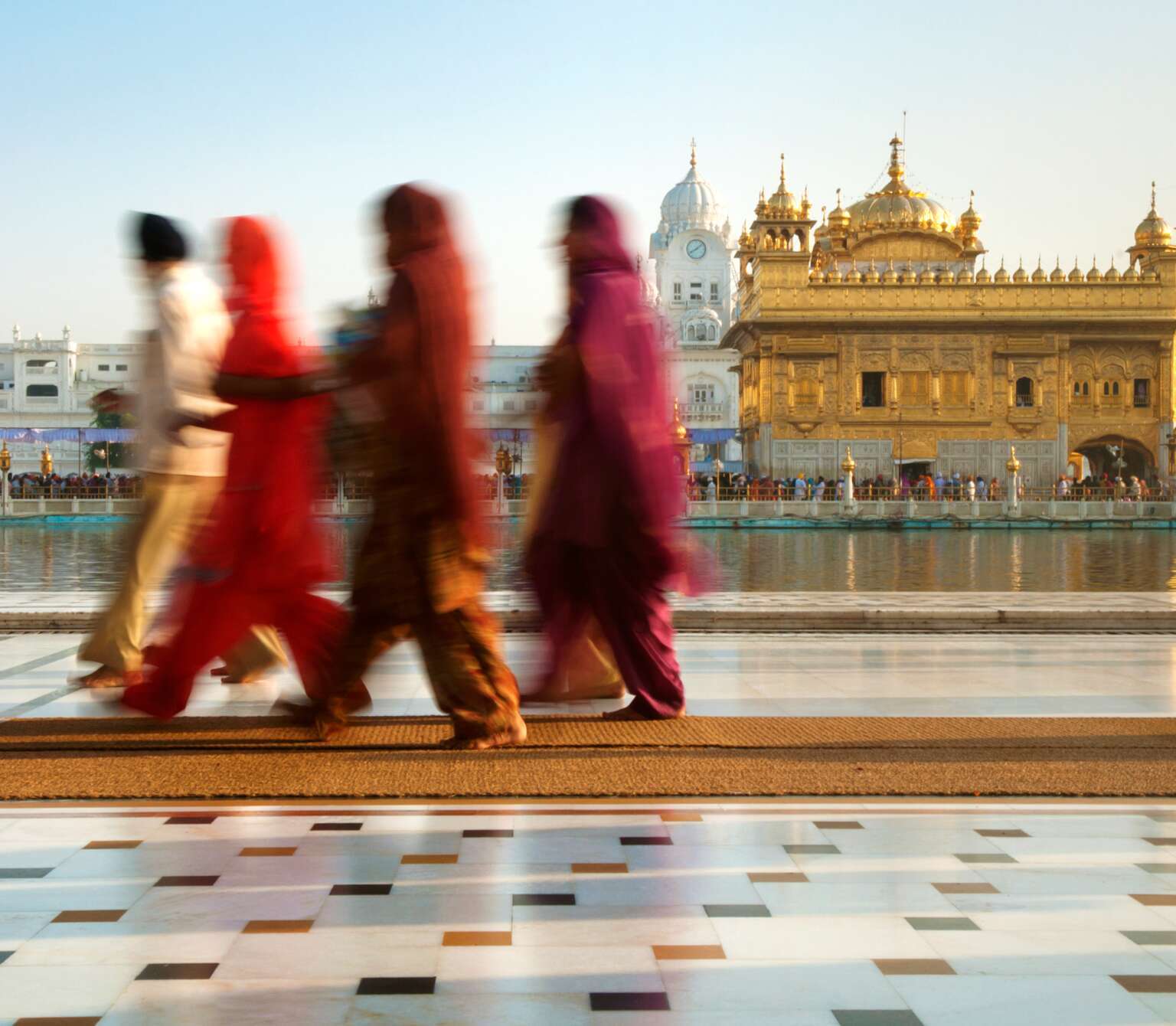
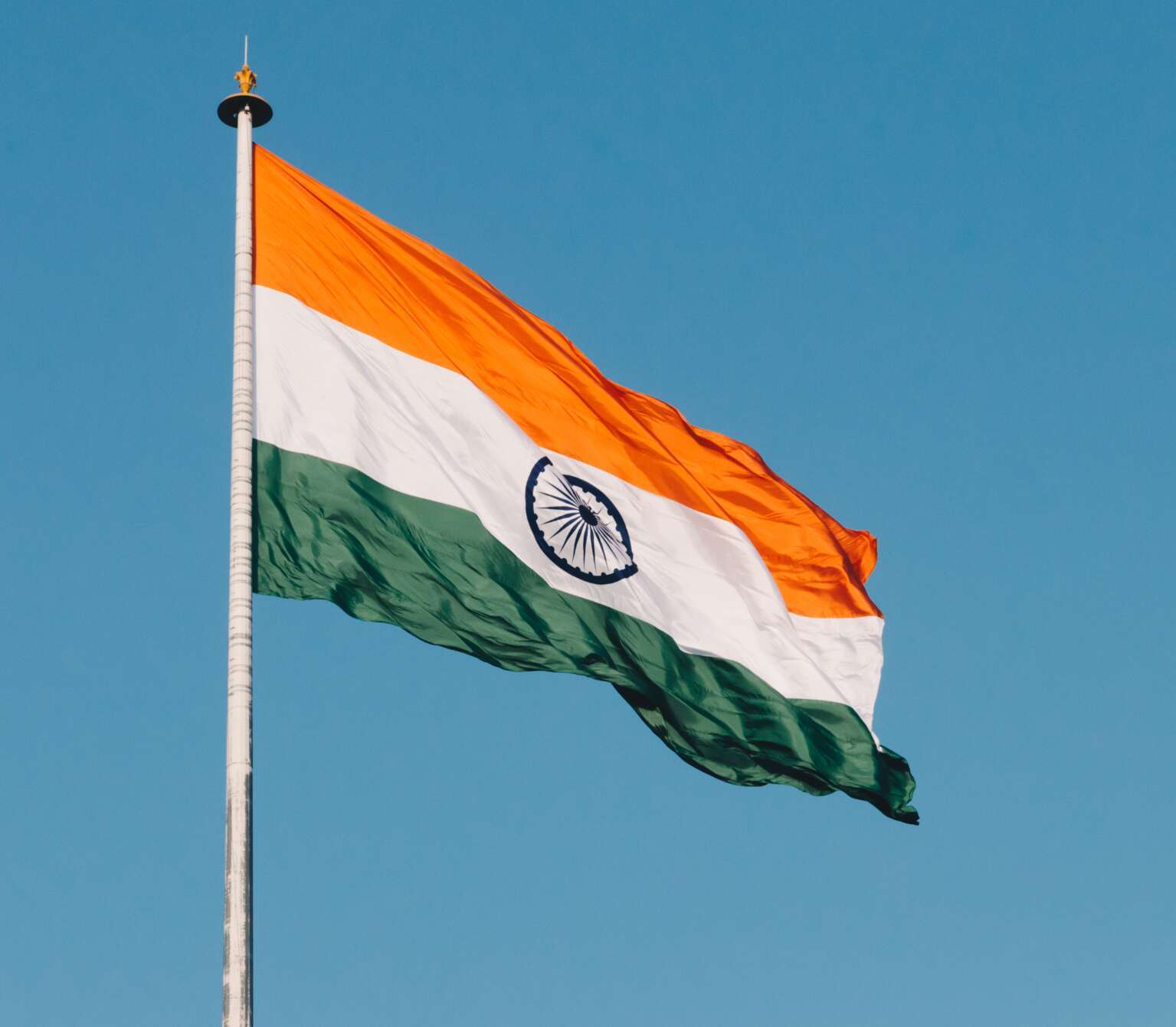
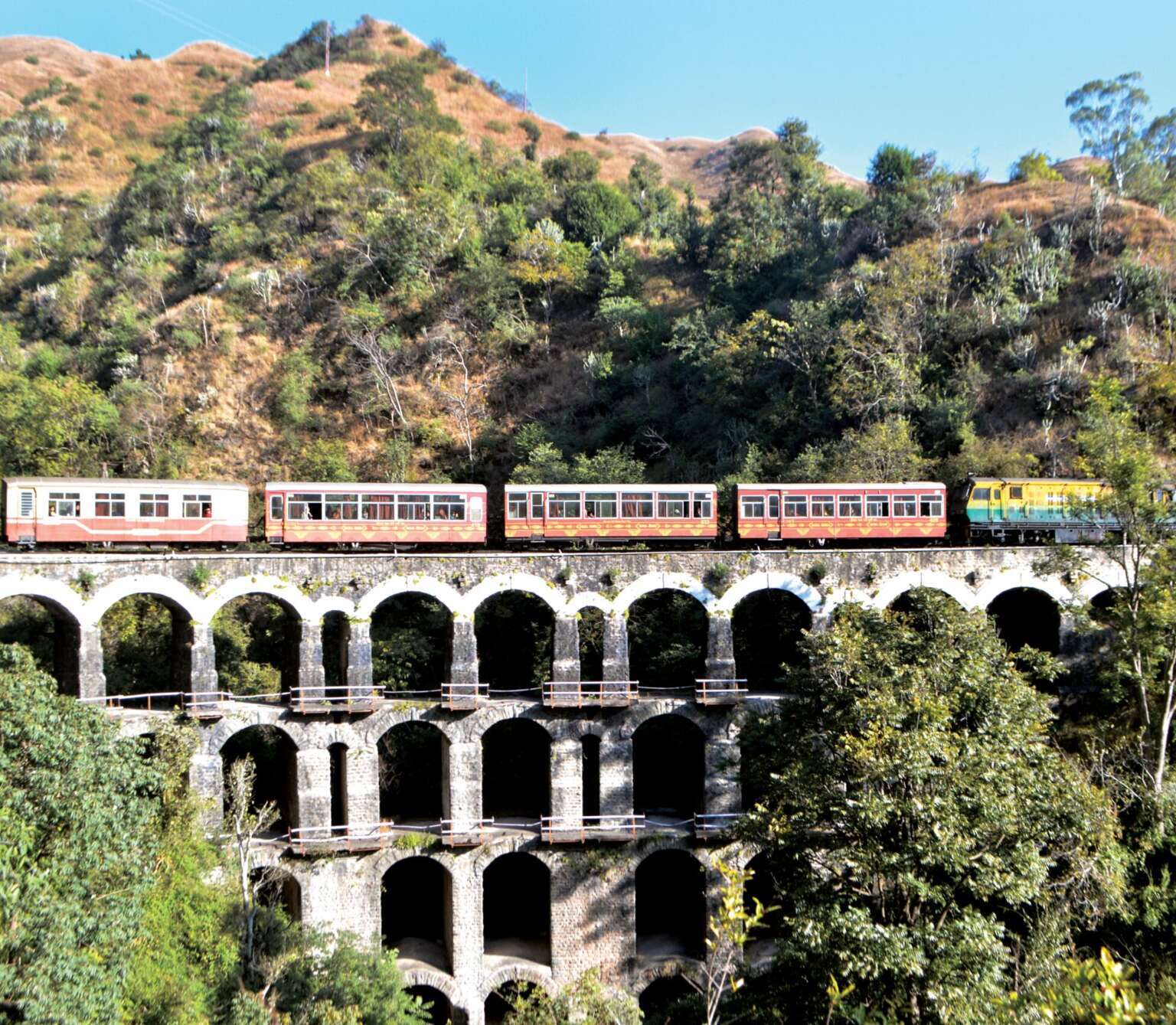
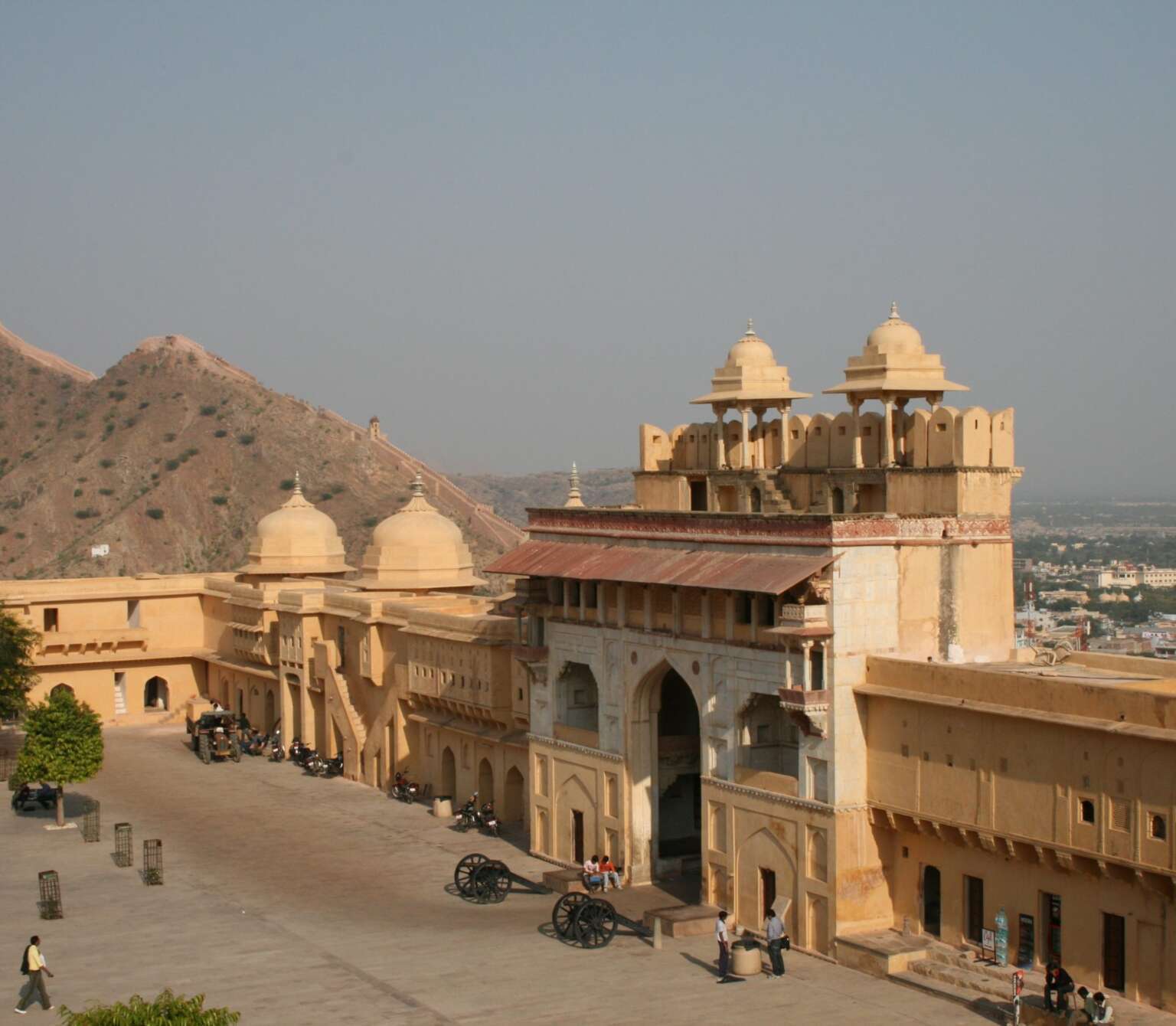
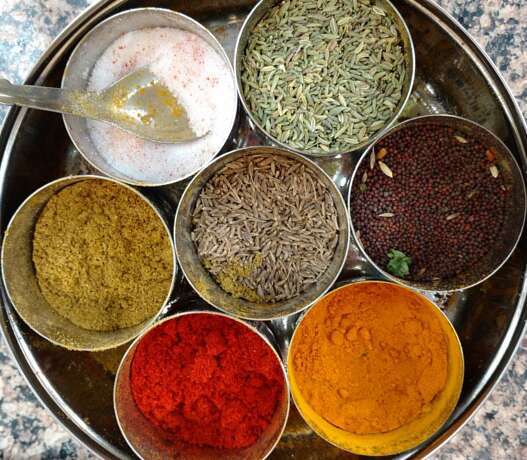
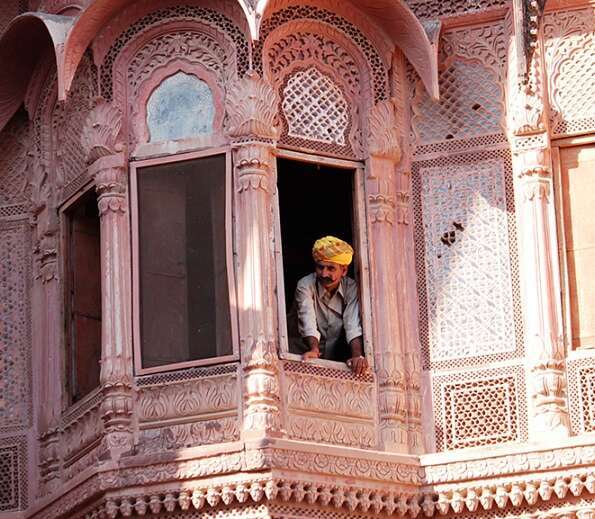
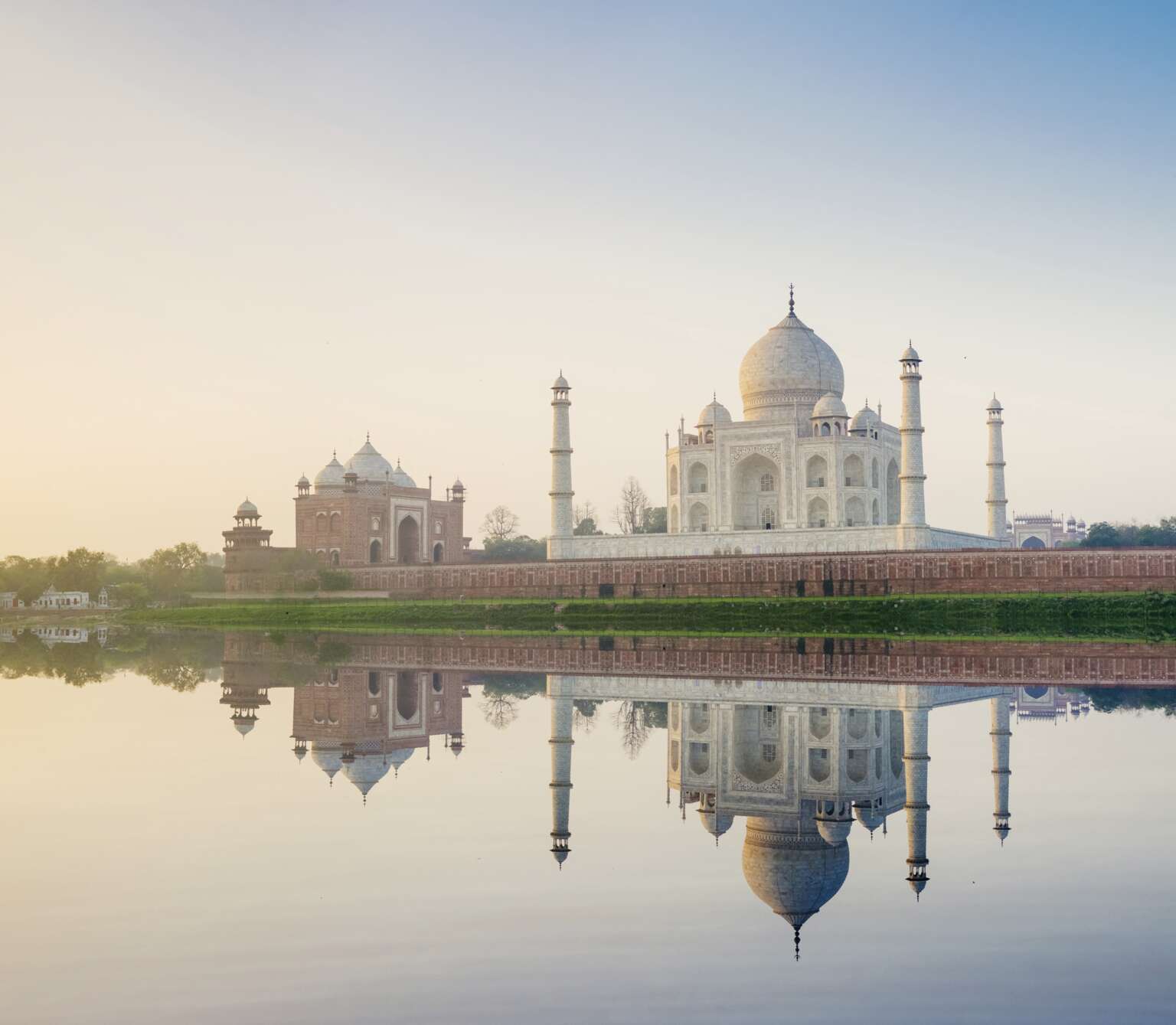
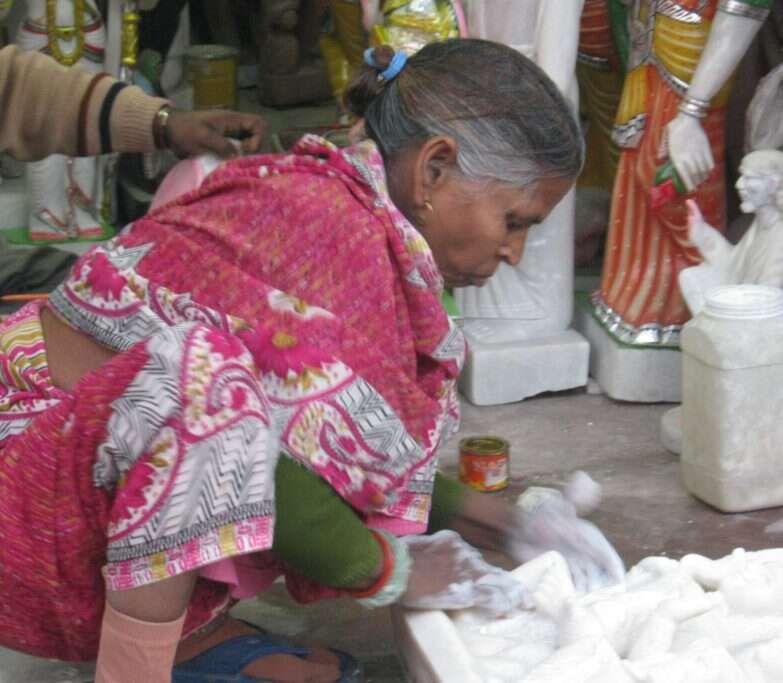

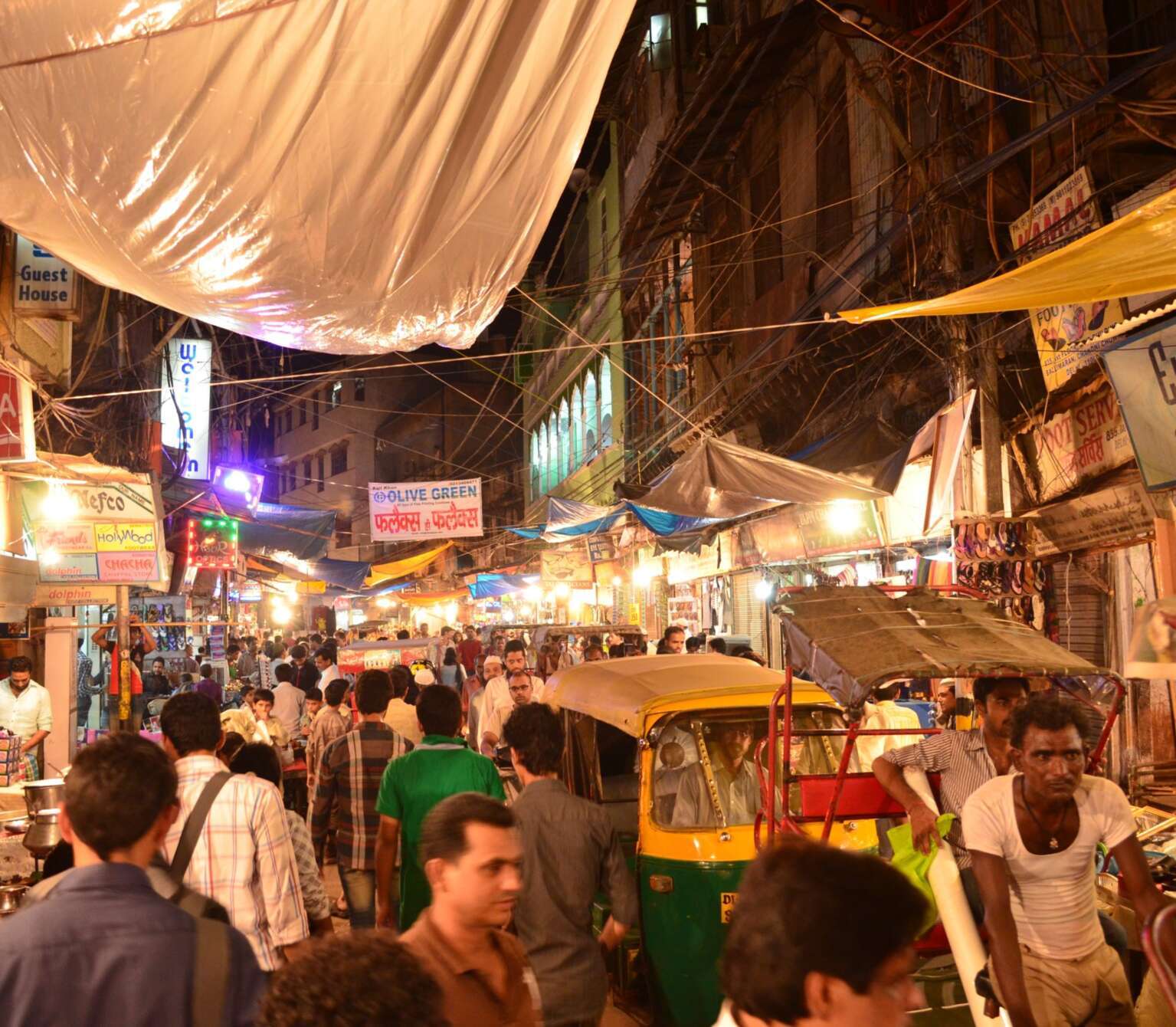
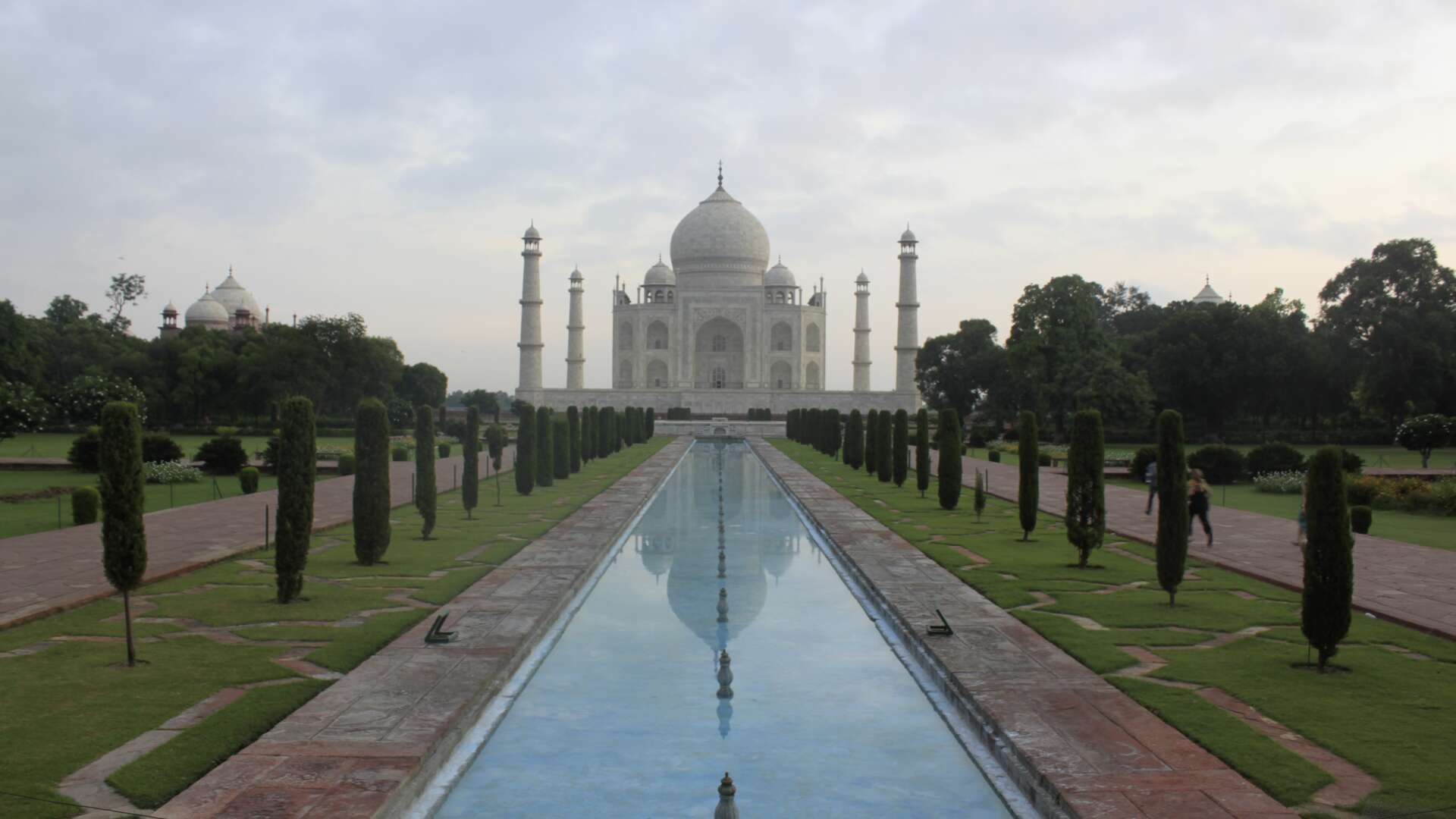

_w=24_h=25.png?v=11cbf9448902371bca1085014eba9ac82a696589)
_w=24_h=25.png?v=11cbf9448902371bca1085014eba9ac82a696589)
_w=24_h=25.png?v=11cbf9448902371bca1085014eba9ac82a696589)